We analyze three water-proof readers: a different approach to protection and radically different results.
Hello, dear readers Geektimes! With you, Alexander Shub, one of the most respected journalists in our country, working in the field of portable automotive electronics, in particular, DVRs. For six years of work in the registrars topic, I personally, as well as together with specialists from different brands, have sorted out dozens of automotive “black boxes” (for example, here , here and here ). After all, one thing - to realize a nice design and specify the "sweet" advanced specs. And it is quite another (much more difficult thing!) To perform the internal assembly at a high level, without affecting the further operation of the flaws. And I dare to disappoint you: not always the high price means that the device inside is in perfect order. Well, it is all the more interesting to study the background of products, again and again arranging "analyzes" of interesting models, as they say, "to the screw." You may be surprised, but this article is not about registrars at all.
In August, I received an invitation from my friend Alexey Starodymov to attend a curious event - a comparative analysis of electronic books and readers. Lesha said so: you are the best among my friends who know the principles of designing electronics and its internal structure, and if so, then the cards are in your hands. Readers are, of course, not the recorders that I love the most, and yet I became interested.
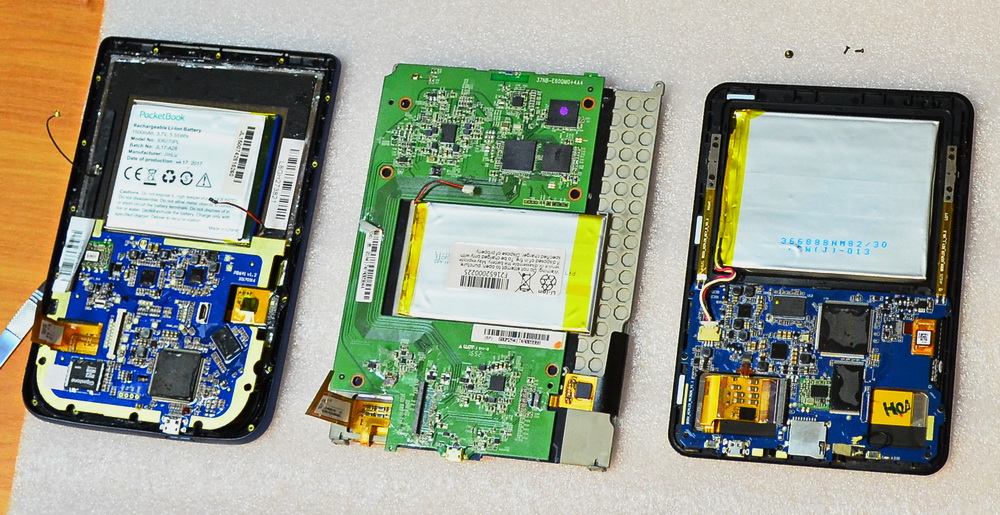
')
The principles of high-quality and low-quality study of the internal structure of electronics are always the same - regardless of what type of gadget in question. In the course of the analysis in the PocketBook service center, it was planned to disassemble three readers positioned as waterproof. The first is PocketBook 641 Aqua 2 (11,000 rubles), the second ... But I will not call the second one. Let it be just the Second Reader - and I will begin to magnify it further in the text. The third device is a surprise! - I will call the Third Reader. Yet the post that you are currently reading is posted on the official blog of the PocketBook company. And so that neither me, nor the PocketBook company was accused of direct arrivals at competitors, it was decided to retouch the logo on the case of the Second and Third Readers.
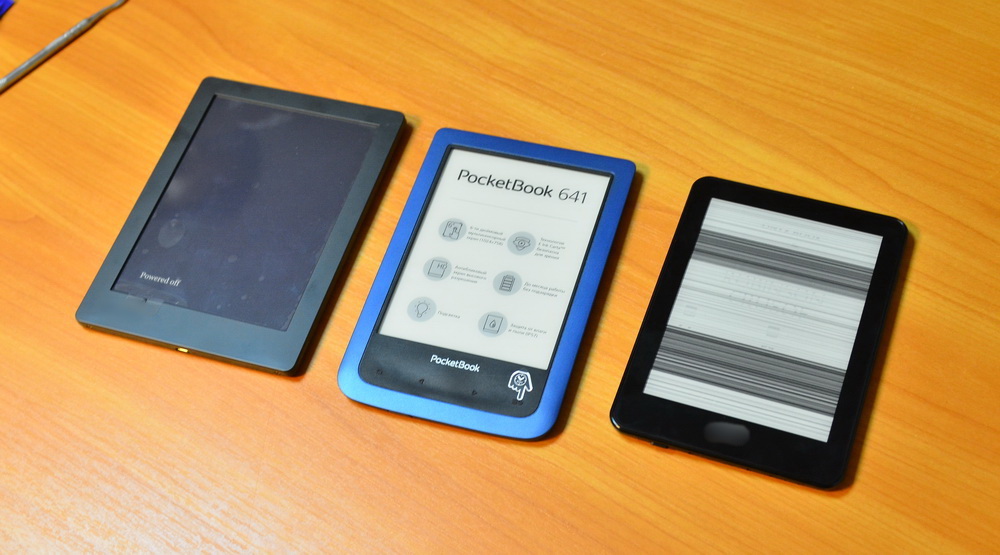
From left to right: Third Reader, PocketBook 641 Aqua 2, Second Reader
Technical characteristics of all three readers:
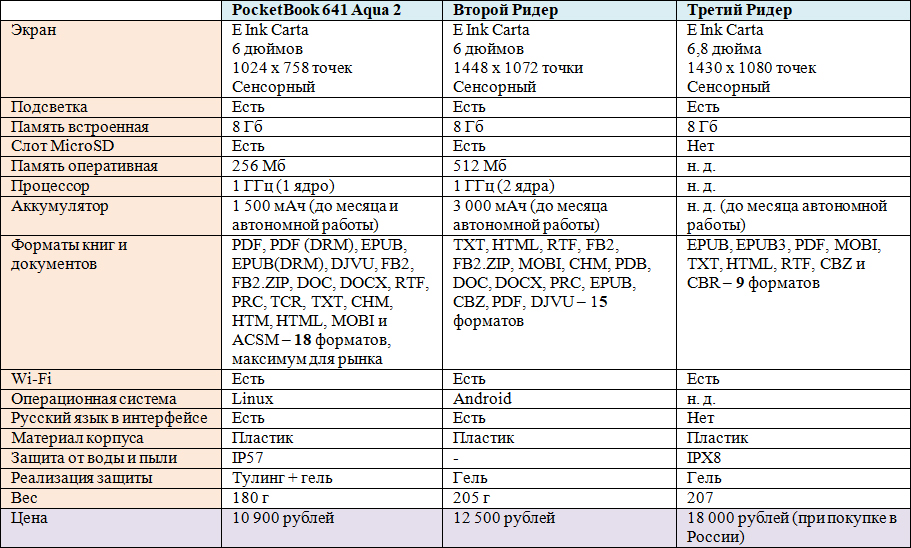
By the way, besides me, journalists Alexander Kuskov from Overclockers.ru ( here is his material ) and Ilya Subbotin from mobile-review.com were present at the event-analysis (I enclose a link to Ilya’s impressions ). So if you want, you can find as many as two alternative opinions to my opinion about the security of models participating in parsing.
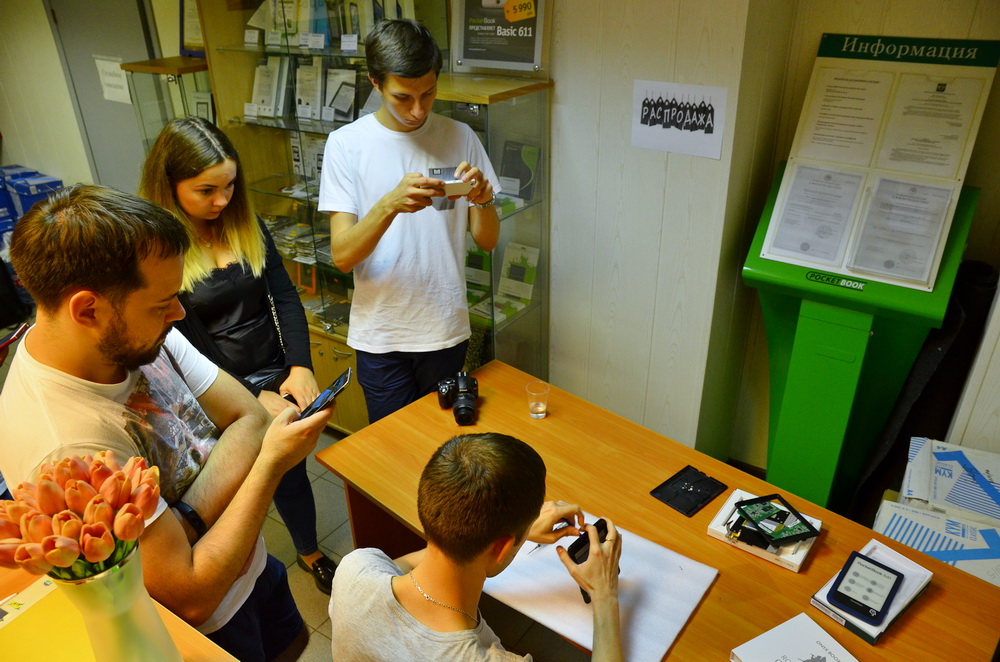
Further, it should be clarified - how did the idea of such an analysis come about and what is its essence. To begin with, I will say that the same secure smartphones are made as such solely with the help of tuling - take a look at the iPhone 7, the Samsung Galaxy S8 or Galaxy S7, the LG G6. This should be understood as the presence of a hermetic case - its parts fit as tightly as possible, the most “dangerous” places are filled with sealant, and special silicone gaskets are placed everywhere. As a result, water cannot seep into the jungle of the hull. In the world of readers, the situation is quite different. The same PocketBook in its Aqua series models uses just a tuling. But other players in this market - and this is already becoming a trend - will use special gels. That is, they take the usual unprotected models, process their boards and other electronic components with a special gel - and voila, it turns out like a protected reader. More about this Alexey Starodymov told in his post . The fashion for gels in the readers came from the United States, where some small firms “tune” various models of the Amazon Kindle in this way, adding moisture protection to them. What is the result is difficult to judge, because the whole situation with gels does not look very ... somehow ... seriously, or something. And the reviews on the Internet really and no. But it has a place to be, and the trend, so to speak, is gaining momentum.
Not so long ago, official sales of such a “protected” device for reading, processed with gel, began in Russia - this is the Second Reader from our analysis. It is necessary to disassemble and check! Just because the gels are in essence the trend. And I would like to understand whether they have the right to exist. So it's not about wanting to “run over” to a competitor. Simply, it is officially sold in Russia, and it is much easier to get it than a “tuned” Kindle gel.
PocketBook 641 Aqua 2, recall, costs 11,000 rubles, the Second Reader has a price tag of 12,500 rubles. Both models theoretically belong to the category of protected readers. Only in PocketBook this is “fixed” by the IP57 standard, and in the second model - nothing but streamlined promises. Indeed, neither IP57 nor any other standard of protection is mentioned either on the website of the manufacturer of the Second Reader, or in the accompanying documents in the box. Until recently, the phrase “waterproof case” was on the brand’s website ...

... but just a month ago (or so, the exact date is unknown) it was replaced with a more streamlined "moisture protection":

On the box of the Second Reader it is written “protection against moisture and splashes”, and in the instruction there is a mention that the device “is not intended for full immersion in water”.
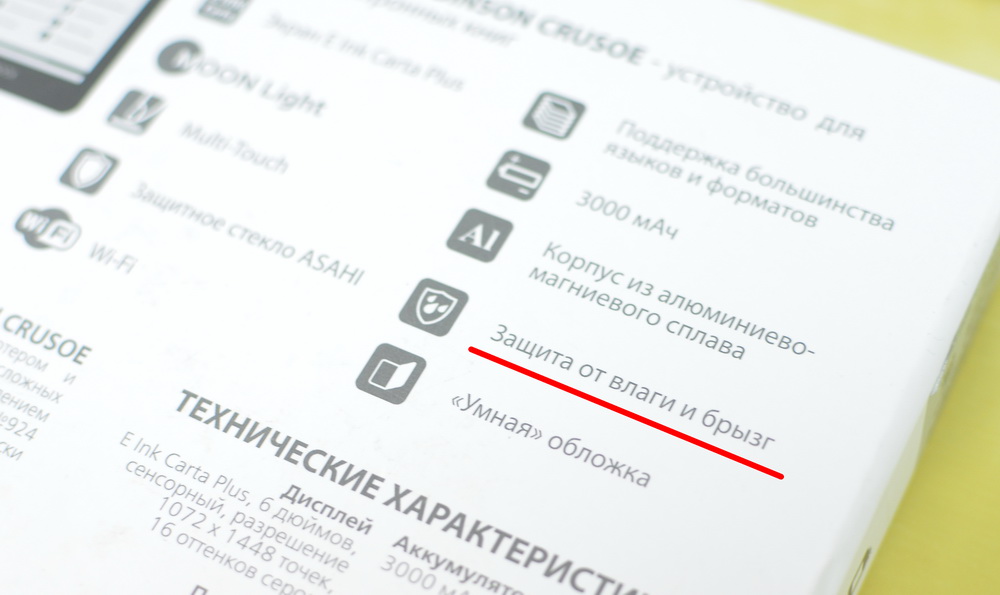

Attention, the question is - how can a case be waterproof, in which a slot for memory cards with a height of two millimeters is generally transparent?
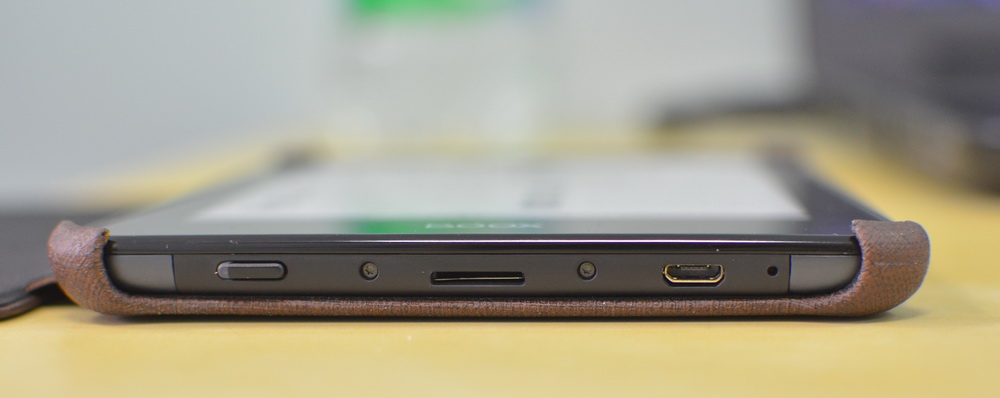
In other words, it’s not that water, even small pebbles will be completely inside while bathing the reader near the beach. However, further on the website and in the documents, as I have already said, the developers of the Second Reader soften the wording to “protection against splashes and moisture.” In this case, the warranty card does not contain any information about how much spray and moisture the reader can survive. Mushroom rain? Shower? Freshly washed user's hands? Splashing surf? No answer to this question!
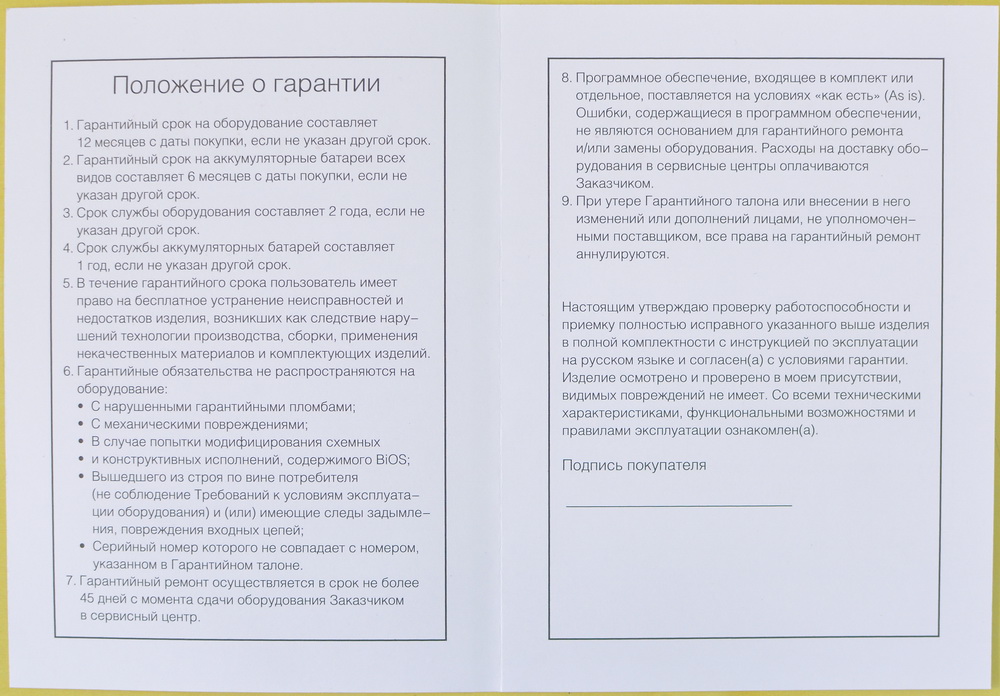
In general, a very strange story happened to the second reader. He was announced back in the fall of 2016, even an official press release was sent out. It said that the model complies with the IP67 standard (news on this release is easily searched by Google for the query “reader IP67 October 2016). That is, it can be dipped in water for half an hour, keeping it up to a meter deep. In fact, the model was released for sale only in the summer of 2017, and now it’s not even talking about IP67, this standard is not mentioned anywhere at all. In general, some kind of devilry, it is not clear what caused. Whether in the process of testing, the developers realized that the gel does not provide adequate protection, then something else ... We will understand!

From left to right: PocketBook 641 Aqua 2, Third Reader, Second Reader
The Third Reader is not officially sold in Russia, a copy for analysis was sent straight from Spain. On the manufacturer's website, the device costs about 10,400 rubles, in Russian online stores (well, that is, for “gray” resellers), the price tag comes to an incredible 18,000 rubles. At the same time, there is no normal local guarantee of the country where the official device was purchased for Russians. At best, the seller will assume warranty obligations. Which, if necessary, will give the device for repair in some basement workshop. Or it will not give up - for noname-specialists, by definition, cannot have any original spare parts for the Third Reader. And because about any serious repair we are not talking initially.
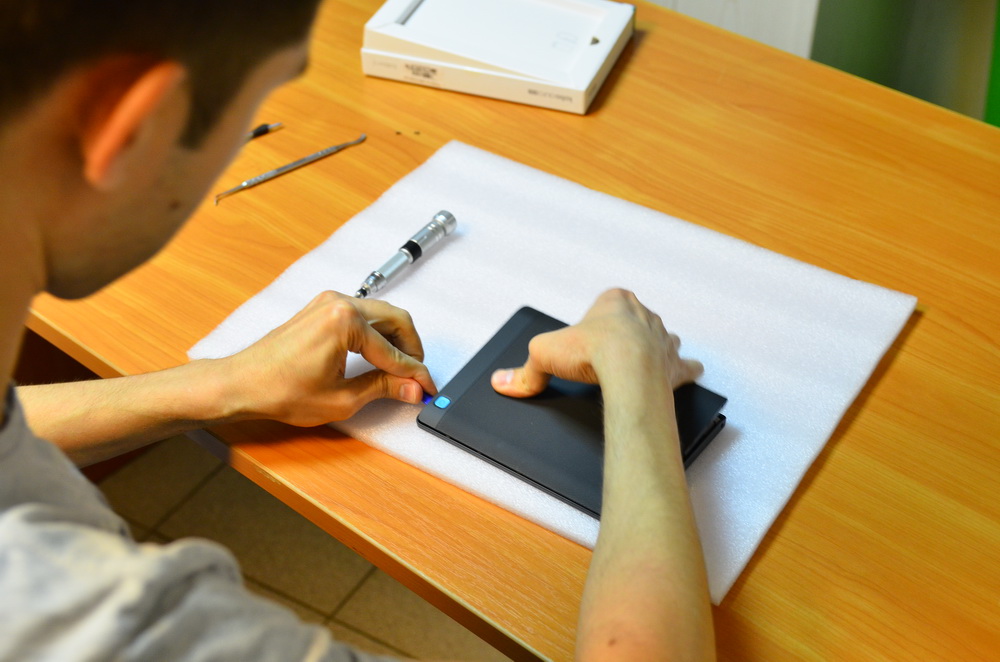
As for protection against water, the manufacturer of the Third Reader claims processing of the board according to the HZO technology. In addition, IPX8 compliance is indicated. A reasonable question arises, what is better - IP57 in PocketBook 641 Aqua 2 or IPX8 in the Third Reader? It would seem that the answer is obvious. Indeed, in "Aqua" the figure "seven" means that the device will work up to half an hour with full immersion to a depth of one meter. Whereas the “eight” in the standard of protection of the Third Reader indicates (as the manufacturer writes) the possibility of staying at a depth of two meters for two hours without affecting the performance of the model.
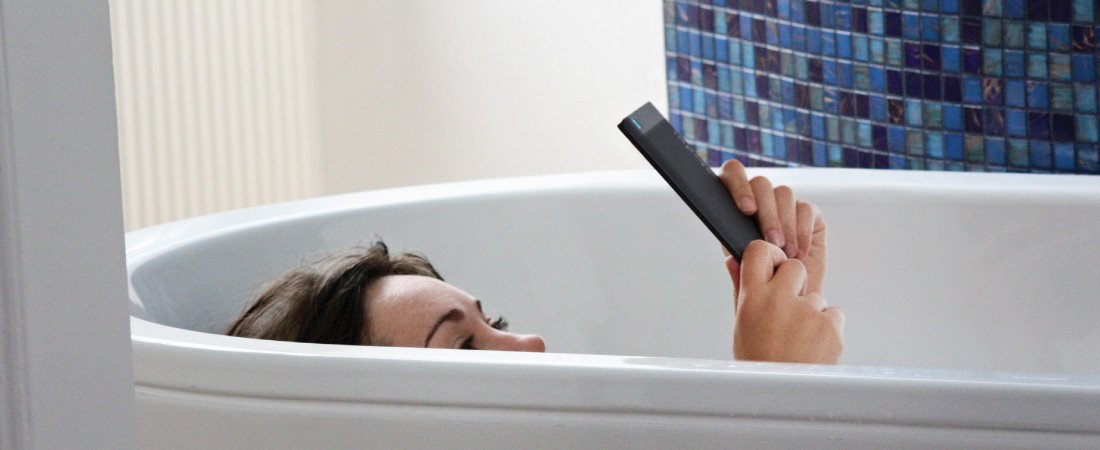
But! Let's think how much this difference is noticeable in principle with real use? Yes, no matter how much. Judge for yourself - the “bathing” of an e-book is presented as an episodic event. That is, you accidentally dropped the device into the water and probably will not wait half an hour or an hour before you get the device. Purposefully long to read under water? Let's be realistic, this is something from the category of fiction. In this case, it turns out that in terms of protection against water, the Third Reader does not have an effective advantage over Aqua. Both readers work equally well so that the reader is not afraid to drop the model into the water. Or read in the bathroom, without fear of periodically dipping the gadget. Ilya Subbotin told about this state of affairs in his material - and I completely agree with him.
So, once again. IP57 and IPX8 - with the second digit of the security standard figured out, but what about the first? Five in PocketBook 641 Aqua 2 means protection from penetration into the body of foreign objects. In particular, as Wikipedia says, “Some amount of dust can penetrate inside, but this does not disrupt the operation of the device. Full protection against contact. Looking ahead, I will say that the developers are very modest. Neither dust nor water can enter the Akwa's hull. Unlike the Third Reader, in which "X" speaks of the absence of protection against the penetration of at least dust or sand, even small stones. Not to mention the water.
And this is not at all healthy, as in everyday use sometimes unpleasant situations occur with the spilling of a drink on the reader. Again, neither the performance of Akwa nor the Third Reader will suffer.
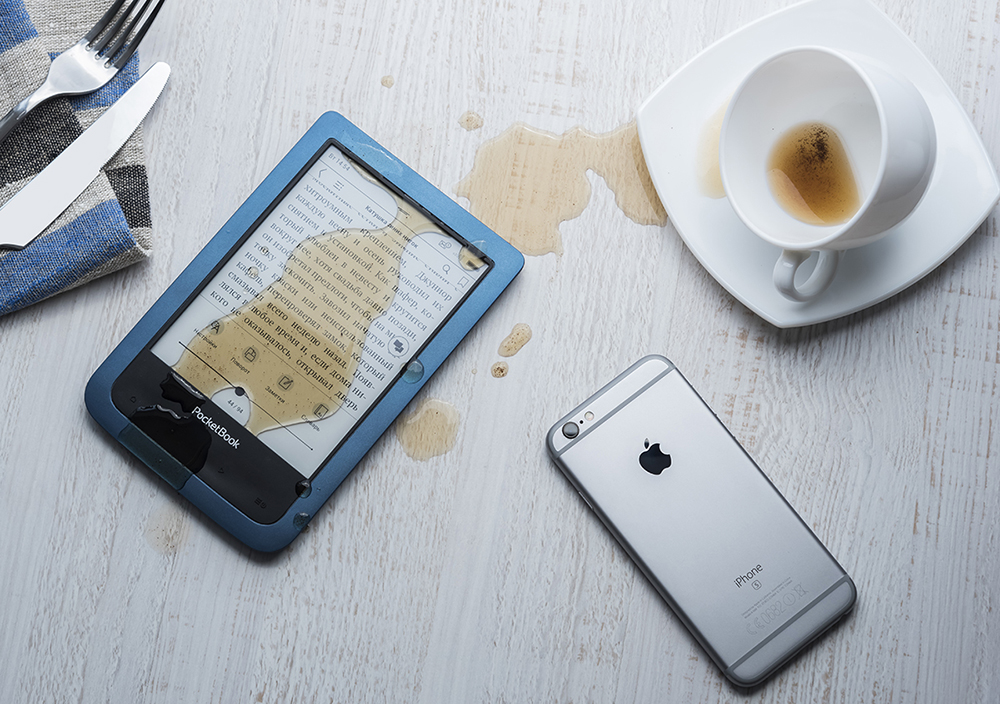
However, the PocketBook model will be enough to rinse under water. On the contrary, due to the flooding of the “vnutryanki” the Third Reader will have to be thoroughly washed and rinsed. Of course, if your plans do not include “tuning” the book with dried juice or coffee. It turns out that IPX8 exceeds IP57 only in theory, irrespective of the specific type of device. With respect to readers, it is more preferable, with the best real protection of the device, the choice will be in favor of IP57. I will add that Aleksey Starodymov previously speculated on this topic in a separate post - I recommend reading it .
For those who wish to see the insides of the models, I recommend to skip this section and go straight to the next one.
Review PocketBook 641 Aqua 2 by alexeystar you can read here . Let me remind you that in 2014 PocketBook 640 Aqua became the first reader in the world with protection against water and dust entering the case.
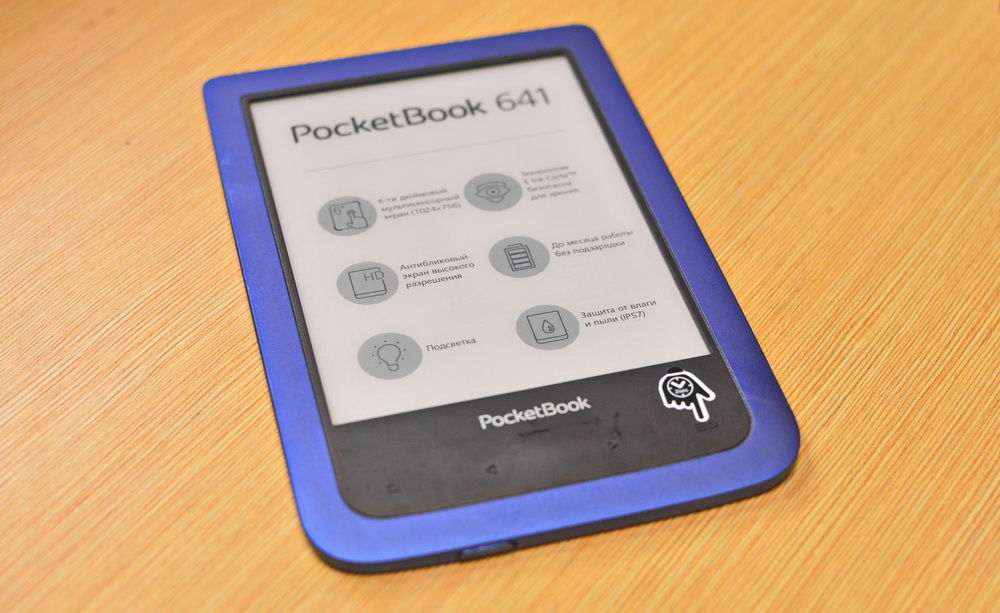
The model complied with the IP57 standard, which means 100% protection against water penetration into the book during short-term (up to half an hour) immersion to a depth of one meter. In other words, you can safely drop the model in the sea, in a bath full of water, and so on. Not to mention the lesser threats like the drops of the same sea water, falling under heavy rain. For particulate matter, IP57 means 99% protection against dust and sand penetration into the hull. That is, particles with a diameter of less than one millimeter. If the remaining 1% happens, the “protection against internal damage due to dust deposits” is still provided.
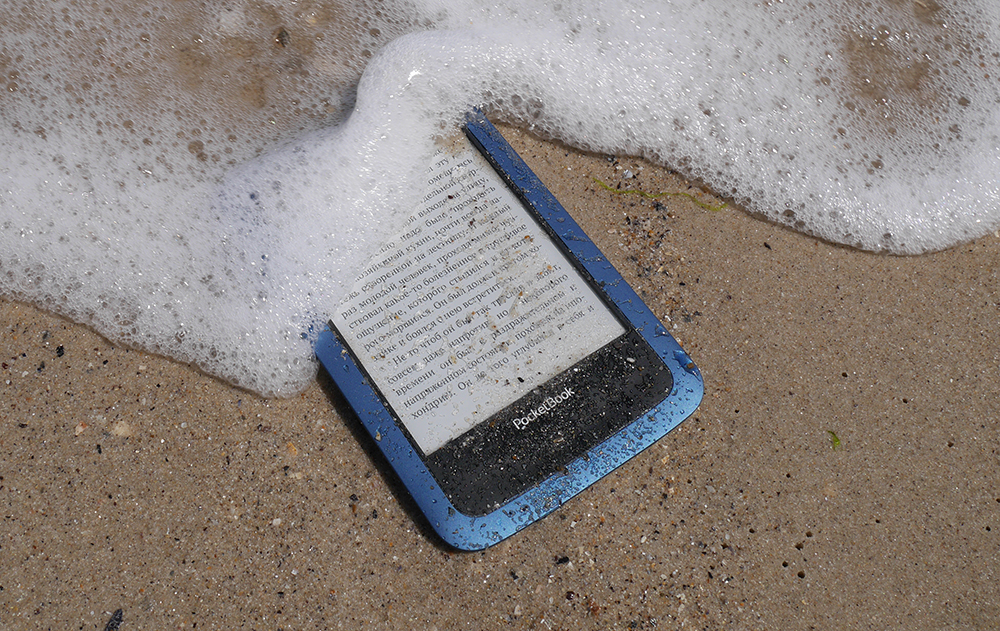
Photo PocketBook 641 Aqua 2, made by Alexey Starodyymov alexeystar in Odessa on the Black Sea coast
Released in 2017, the PocketBook 641 Aqua 2 also complies with the IP57 standard. This is an extremely important point. As if the manufacturer indicates this standard, the brand by default recognizes any water entering the reader or failure due to dust as a warranty event. Any hit. Both big and small. (There is only one exception: if the water got into the case through the unplugged microUSB port plug, the user himself is guilty, as you understand, the user. The PocketBook service engineers can determine how and why the liquid was inside the case.)
According to its characteristics, the second “Aqua” is a reader of the upper-middle class with the most modern of all possible touch screens E Ink Carta (resolution - 1024 x 758 pixels), built-in backlight, memory as much as 8 GB and a very modest weight of 180 g. And we don’t forget about a ton of unique PocketBook chips like 18 supported book formats, built-in dictionaries and the ability to point fingers directly in the text to get instant translation.
From myself I will add that from the point of view of the exterior, the model has really been a success. Velvety matte finish, blue hull color. The words here are powerless, it is necessary to see and feel in person. When you hold a book in your hands, you understand - this is a thing! Really worthy thing.
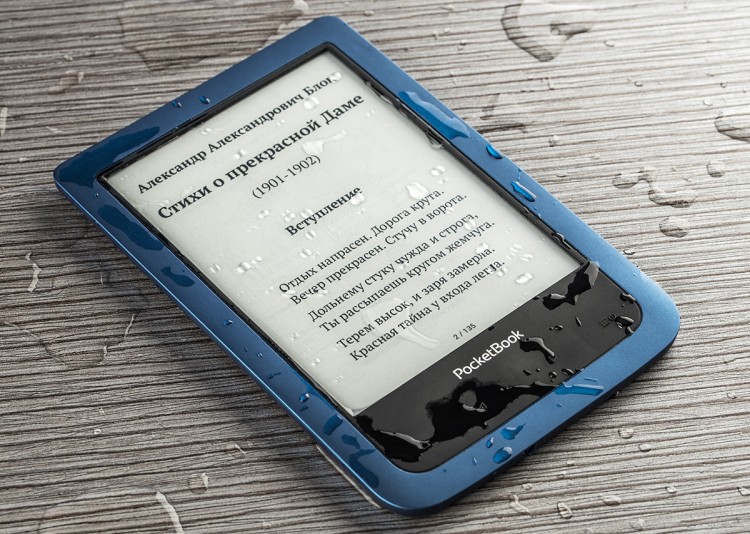
Not so long ago, Mrs. Bozhena Rynska “Aqua” personally praised it - almost all the “yellow” media unsubscribed:

Well it is. Provocation for those who are bored :) Let's go further ...
On Geektimes.ru there is a review of PocketBook 641 Aqua 2, and all the information about the model can be found in it. Therefore, for a more complete picture, I will purely formally describe the second reader - I will tell about it in a bit more detail, and then we proceed directly to the analysis.
The model has several "chips" associated with the design. So, the front side is completely covered with "protective" glass Asahi. Usually, readers do not do this - there is a clearly marked plastic frame, inside which there is a screen. It also used the approach of smartphones and tablets. Reader looks very nice without plastic sides, with a solid smooth front. But the fact is that in other e-books the plastic edging raised above the display level serves as a protective element. For example, if the reader is lying or fell face down, it is the plastic that must take the brunt. Scratches, scuffs - first of all it will appear on the rim, and not on the expensive display.
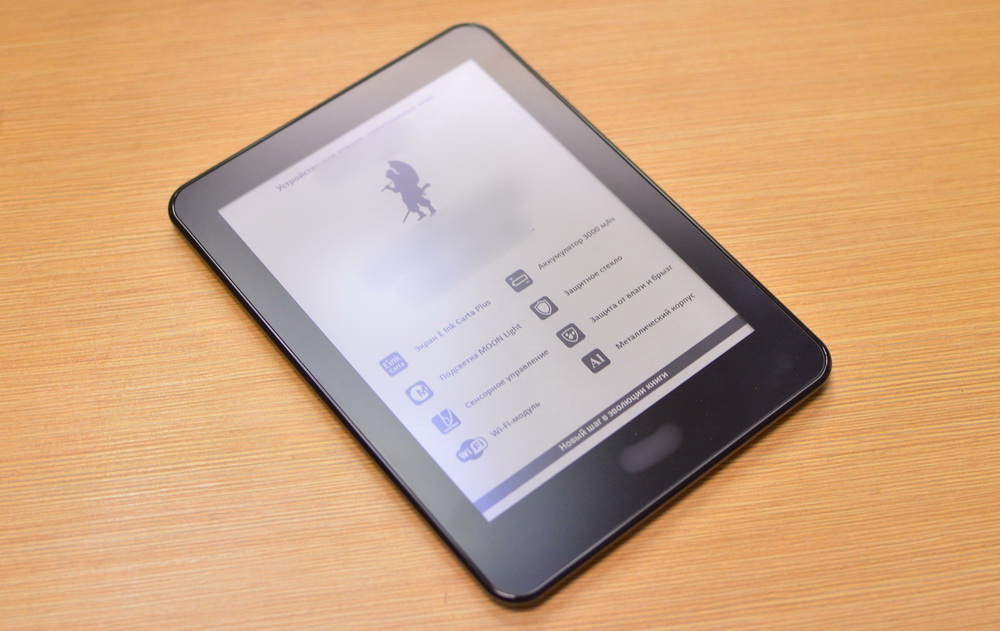
By the way, the phrase in the instruction “Do not let excessive pressure on the screen and hit it. The screen has a glass base. " This, if someone did not understand, is written about the Asahi protective glass, about which the manufacturer’s website says: “The protective glass from the famous Japanese manufacturer Asahi is located on top of the E Ink screen and protects it from scratches and other damages.” (Safety glass, which in fact does not protect, waterproof case, which lets water ... Somehow weird, don't you think?)
In the Second Reader, the protective glass zone above the matrix can get scratches and abrasions with the same probability as the rest of the area around. But this is not the worst. In the event of a serious blow, if the protective glass is cracked, the matrix E Ink will almost certainly suffer. And the consumer will receive a jackpot - a replacement for the screen and the entire front glass cover. I would not rely on the protective properties of Asahi - we all know a long time ago how well Gorilla Glass can scratch. And Asahi, in contrast to the “Gorilla”, is still the B-brand in the world of protective glasses.
However, what difference does the screen suffer directly or not. Employees of the PocketBook service immediately suggested that, due to the technical features of the model, it is impossible to replace the glass separately - only as an assembly, with a “module”, which includes a protective glass lining and an E Ink-display. Great, huh? As I was prompted in the service of the manufacturer of the Second Reader (I specifically called the service and clarified this point), the operation will cost 6,000 rubles. Not weak! Half the price of the entire reader!

The rear half of the Second Reader is metallic, which in theory introduces impact resistance and logically complements the tempered front glass.

But the fact that the metal backdrop (and we don’t forget about the front glass) increases the weight in comparison with plastic - an indisputable fact. So, the Second Reader weighs 25 g more than Aqua, which is a significant difference for this type of device. A more capacious battery of the Second Reader is also affecting - as much as 3,000 mAh. Another smartphone will envy such a capacity. PocketBook 641 Aqua 2 is only 1,500 mAh (like the Third Reader), that is, half as much. Just need to remember that the PocketBook model runs on Linux and therefore has a very modest power consumption. While the Second Reader functions on the basis of an old and low-economic (although, of course, functional - installation of applications is supported) Android 4.2. And this entails increased energy consumption. Therefore, in reality, the models demonstrate approximately the same autonomy. Even despite so different capacity of accumulators.
To tell just as entertaining about the appearance of the Third Reader will not work - this is a more or less classical apparatus. The embossed, in some places sagging lid, besknopochnaya frame around the screen, uncovered microUSB connector at the bottom - that’s probably all.
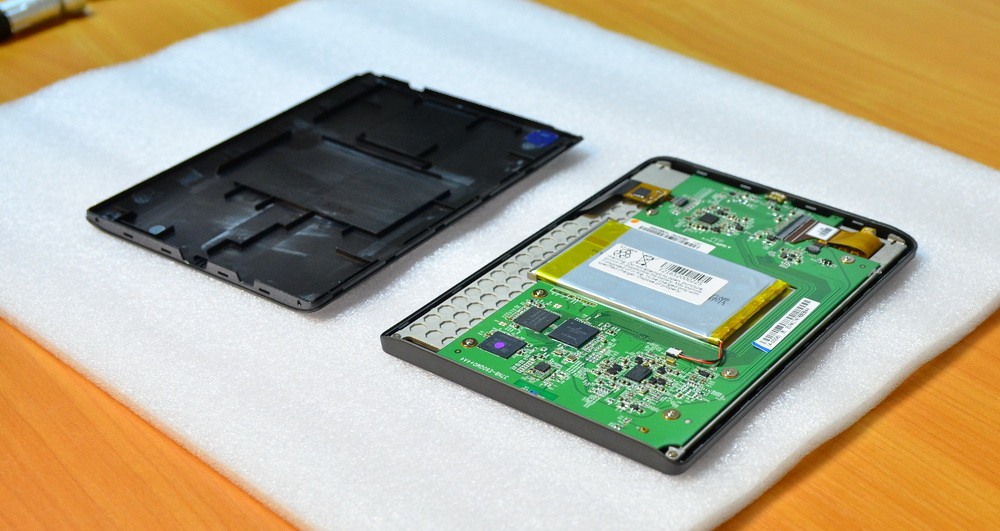
With looks and speck understood. We turn to the most important thing.
Well, let's proceed to the analysis. We take the Second Reader, remove the back cover and immediately see that the protection in it ... is missing. Even whatever open microSD connector.

The fact is that the backdrop is attached to the front of the reader due to the internal plastic frame with hooks, latches. No rubber gasket along the contour, no sealant here. Simply put, nothing particularly interferes with the penetration of dust and water into the case. This is the most common reader with a dense assembly of the two halves of the model; no additional measures are taken to prevent the ingress of liquid. , , , – .
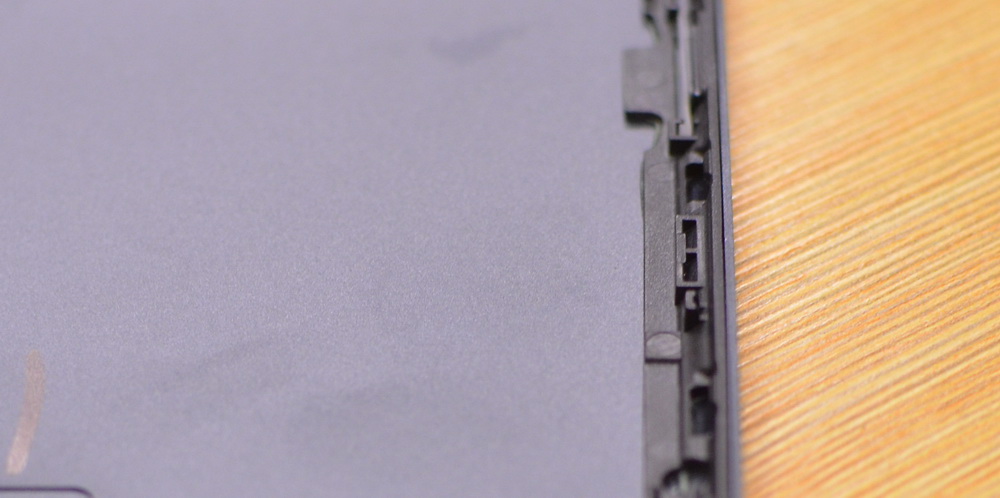
PocketBook 641 Aqua 2, , . , , . , . , , .
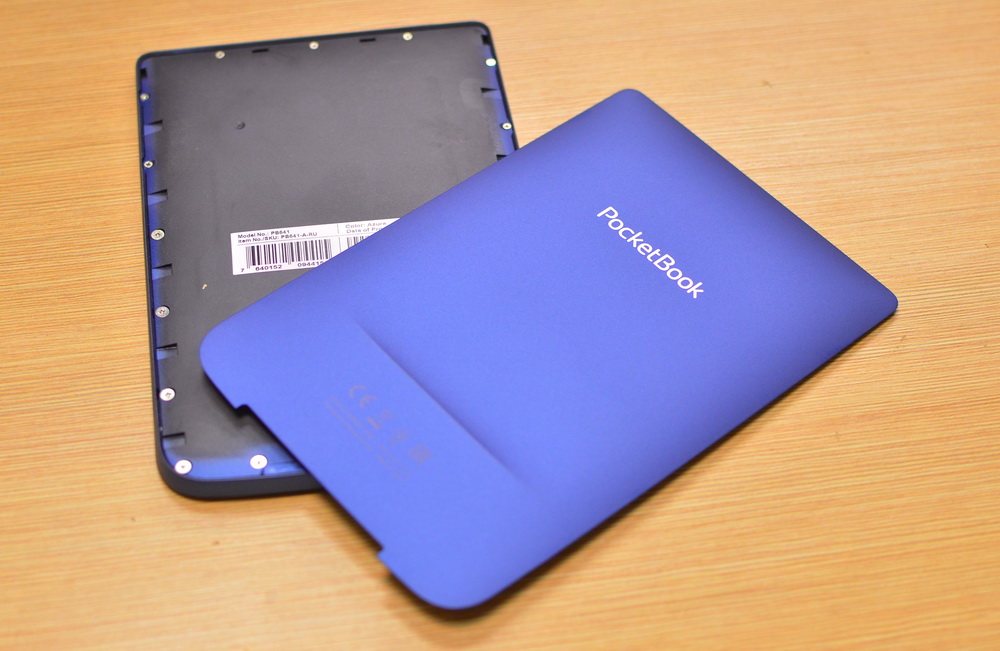
: «» 400 – . , . «» PocketBook 641 Aqua 2 , . 16 , «».
PocketBook 641 Aqua 2 , ( ) . . – – - , . – 19 .
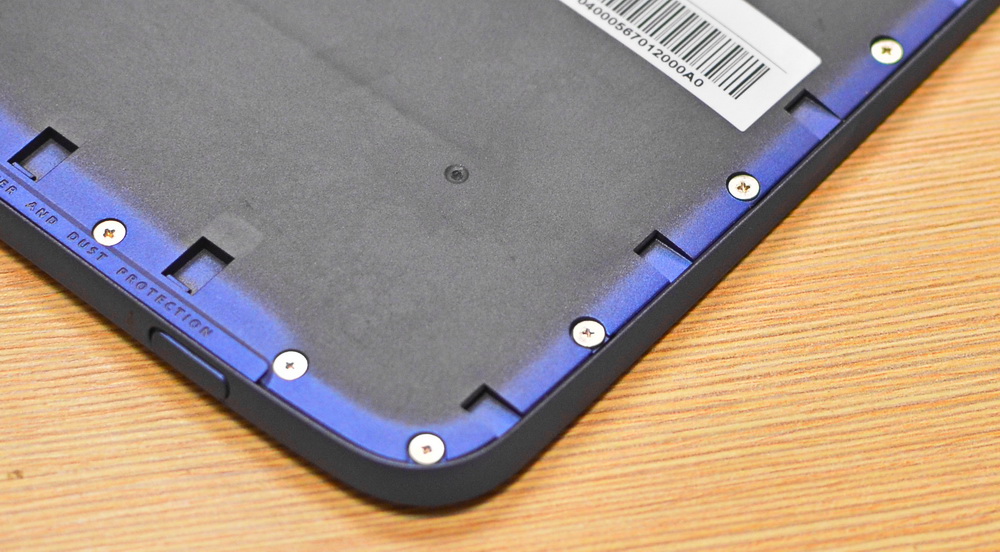
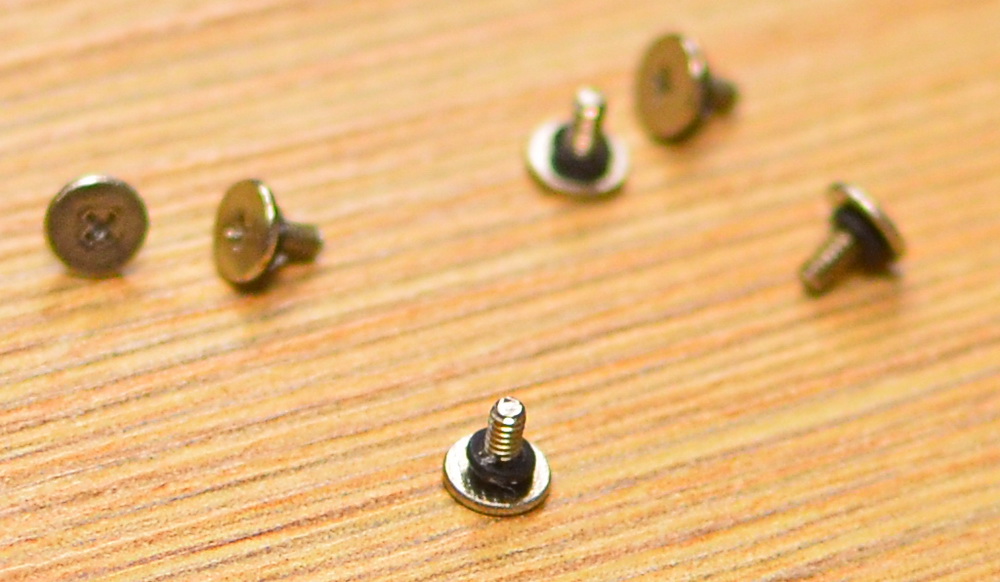
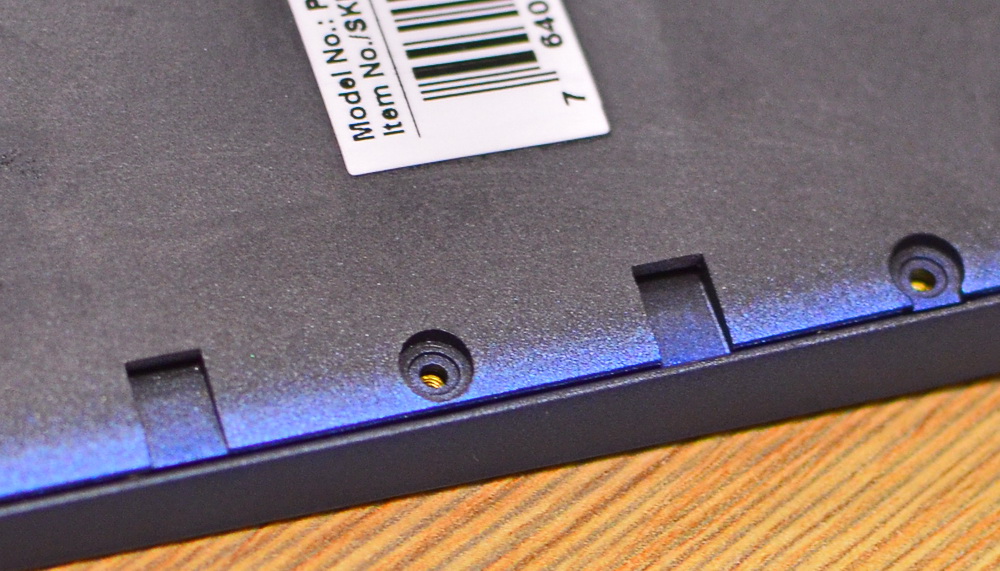
- . «» – , «» .
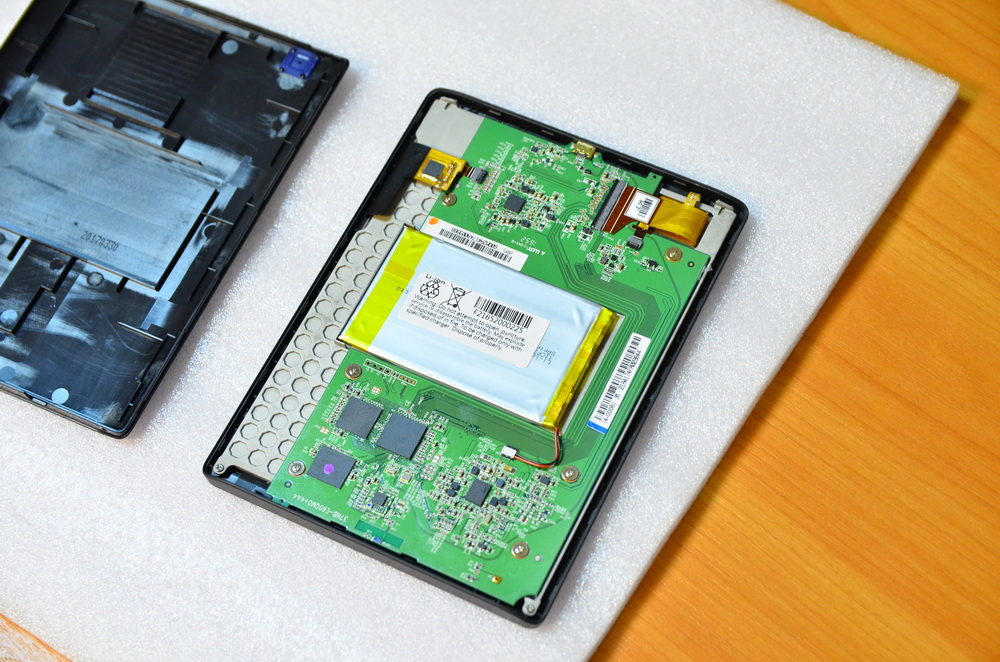
( ) . «» HZO, . , , , . . PocketBook 100% «» ( ), - . , ?
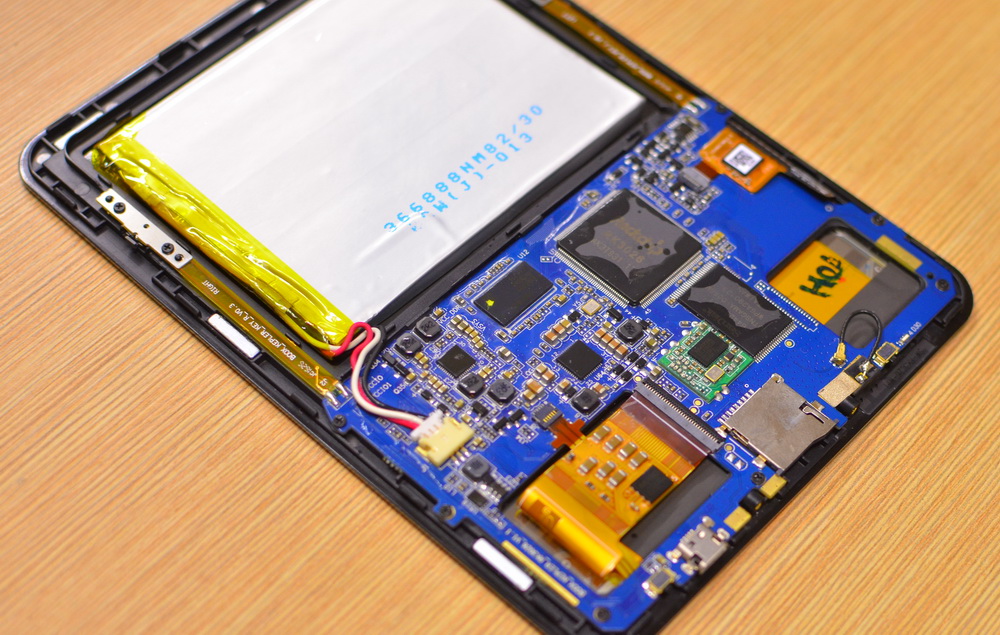
, HZO. , , -. , HZO – . , « PocketBook»:
PocketBook – PocketBook 640 Aqua 2014 . , : 48 . , , , , . – , , .
, , : , – , , . 500 () , – -!
. , Kobo Aura H2O HZO, Kobo , . YouTube, Aura H2O, : ( ), - , IPX8 . , , «» , () .
HZO? Tag Heuer, – , – Nike. , , , . , , HZO, . - Apple Samsung.
PocketBook 641 Aqua 2 , « 48 ». PocketBook 641 Aqua 2 100% , , , .
. – , . , , , . ? ? – . , . , «» . , 6 . (, !) - PocketBook 641 Aqua 2, . . , – 2 , - – 3 . : .
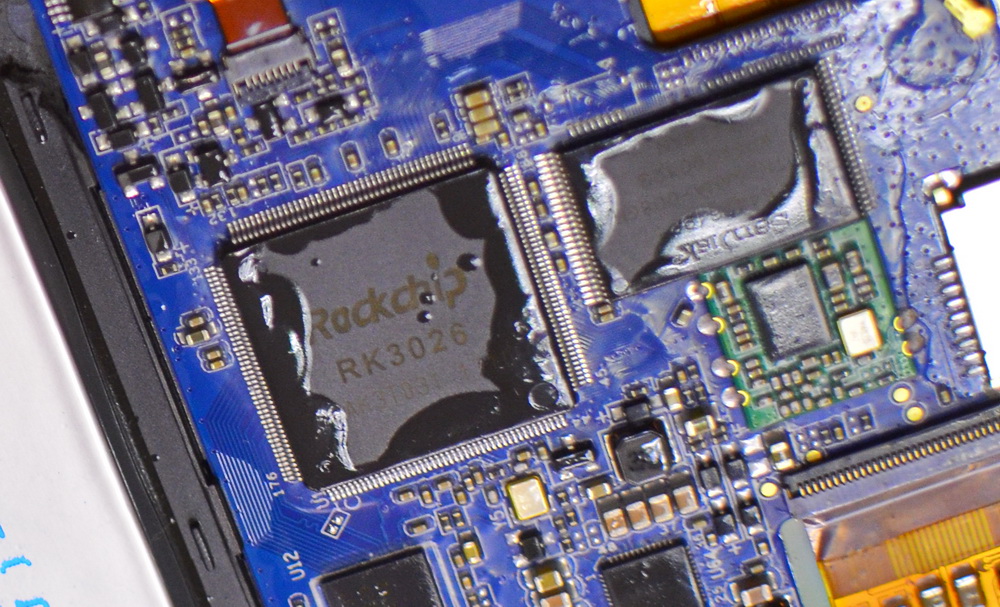
: -
«» , HZO- . «», 100% . , , HZO-, . . , .
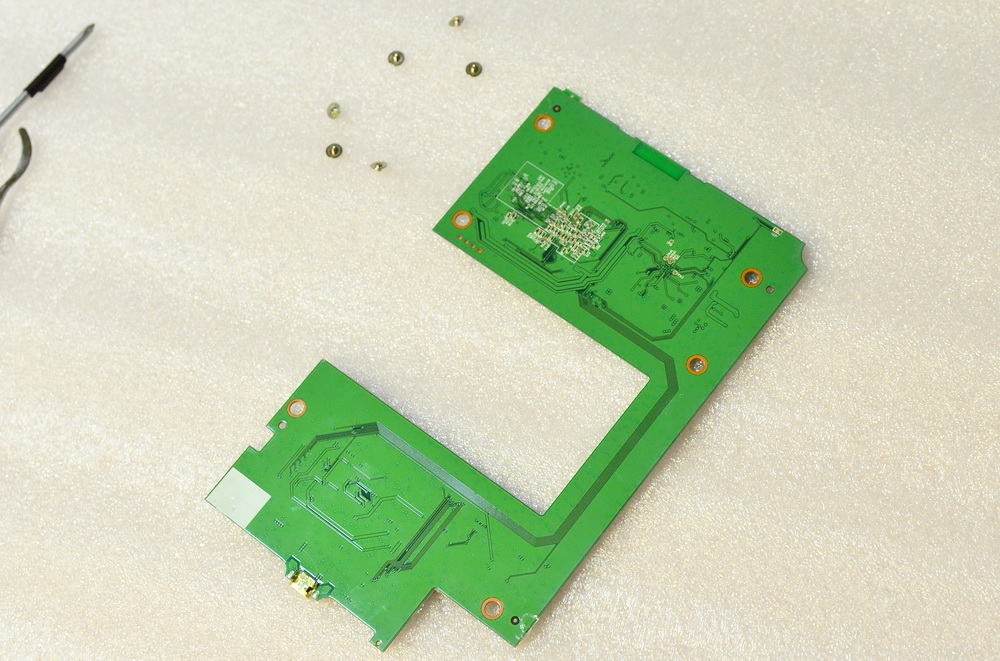
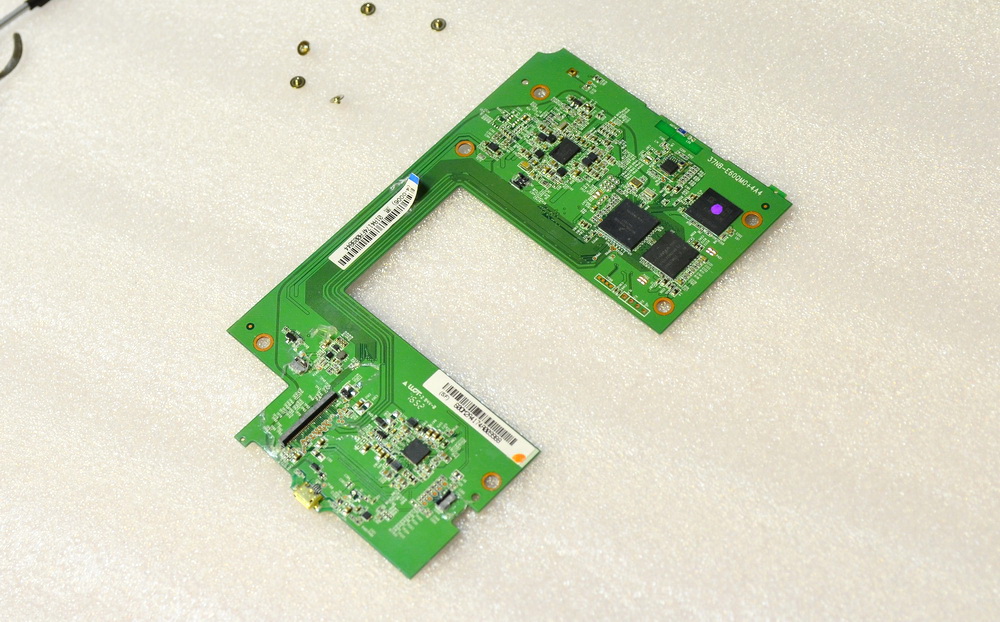
PocketBook 641 Aqua 2? PocketBook , . , .

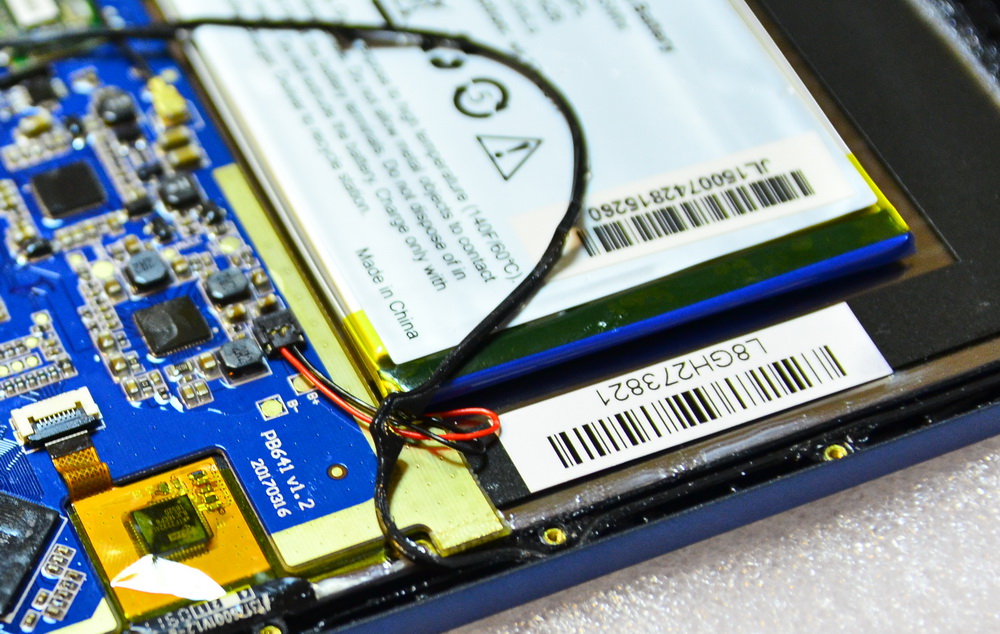
– 2017 PocketBook 641 Aqua 2 , . microUSB , 99% !
. – , . – , .

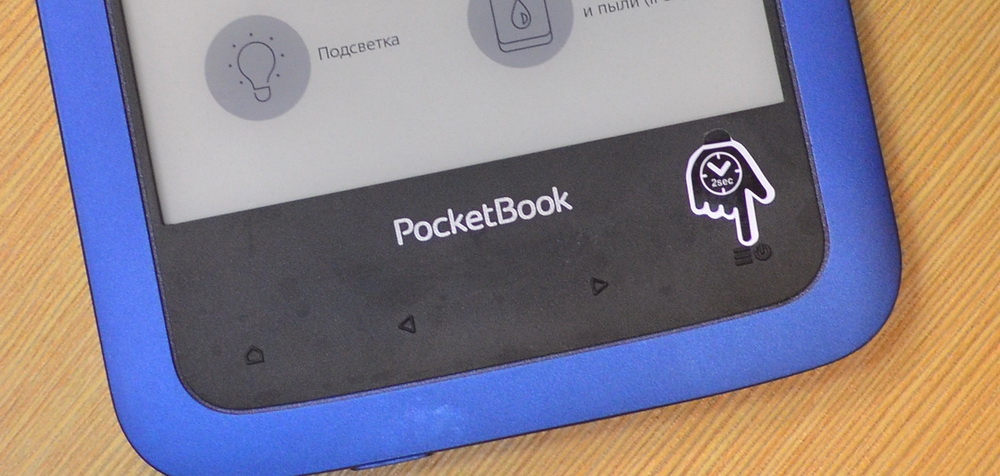
, , . : , / , . – «», .
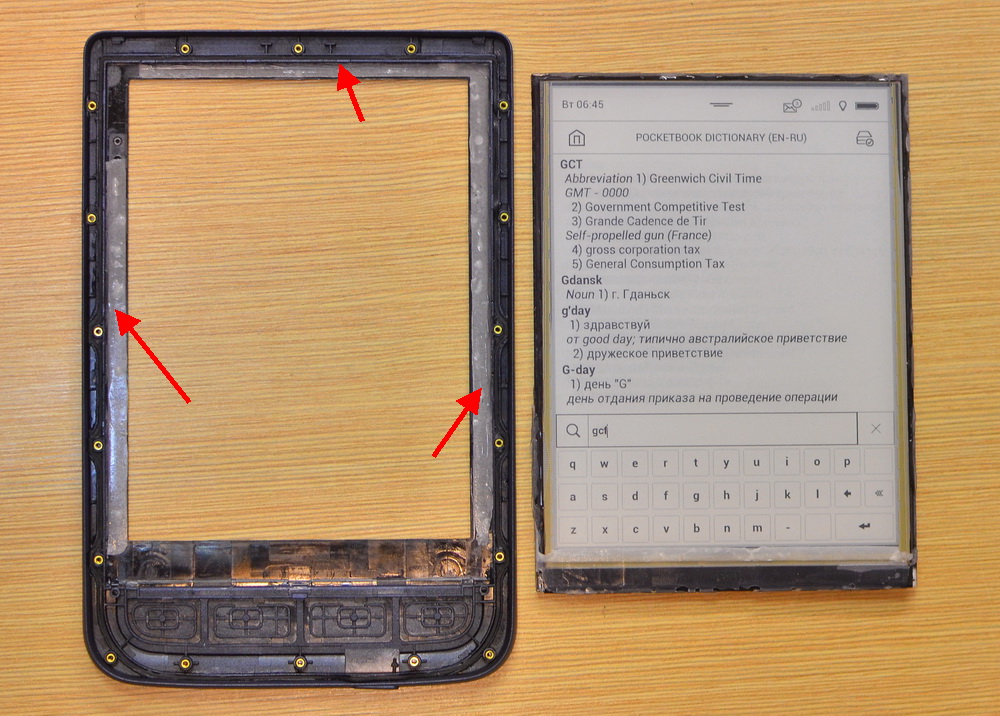
– , , .
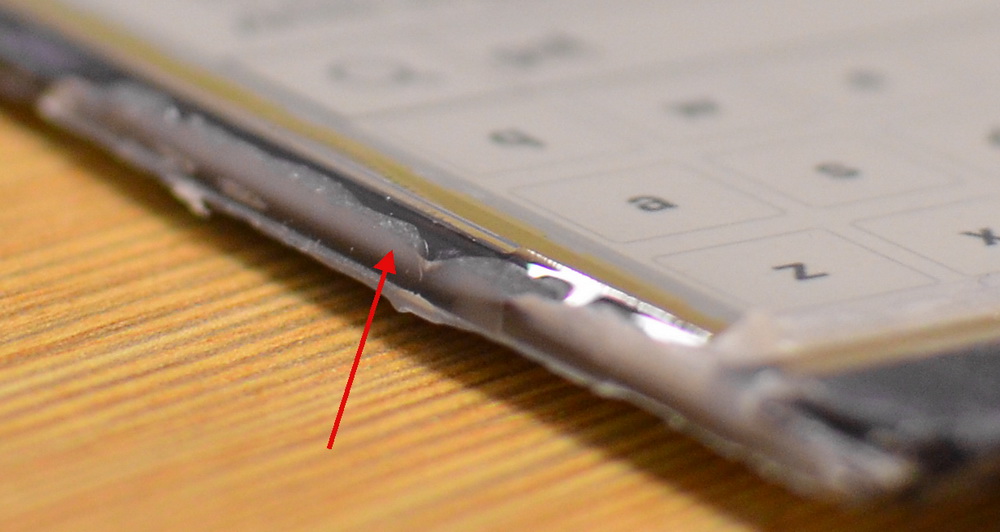
? : ( , ) . , , , , - . . – – . , , - . – PocketBook 641 Aqua 2. IP57. , , – . PocketBook, , . : – , + – 100% .
Kohl, we have disassembled two devices, let's see what they have with the internal layout. Just because it is interesting - like me, Alexander Shuba, and, I think, to you. This is not related to the topic of security, and yet, I think this subsection in this material will be appropriate.
Well, let's go! Here, for example, small touches to the culture of production - inside the Second Reader there is a lurid signature with a felt-tip pen, apparently, a mark of some assembly stage. For some reason, we had a stroke in the middle on the back cover. It is clear that the consumer will not see all this, and such negligence does not affect anything. But the sediment remains.
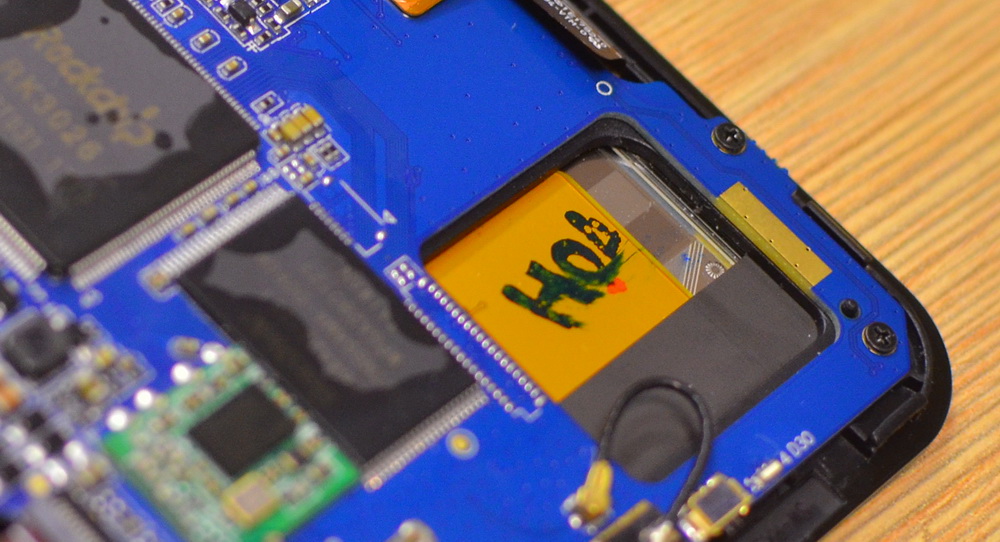
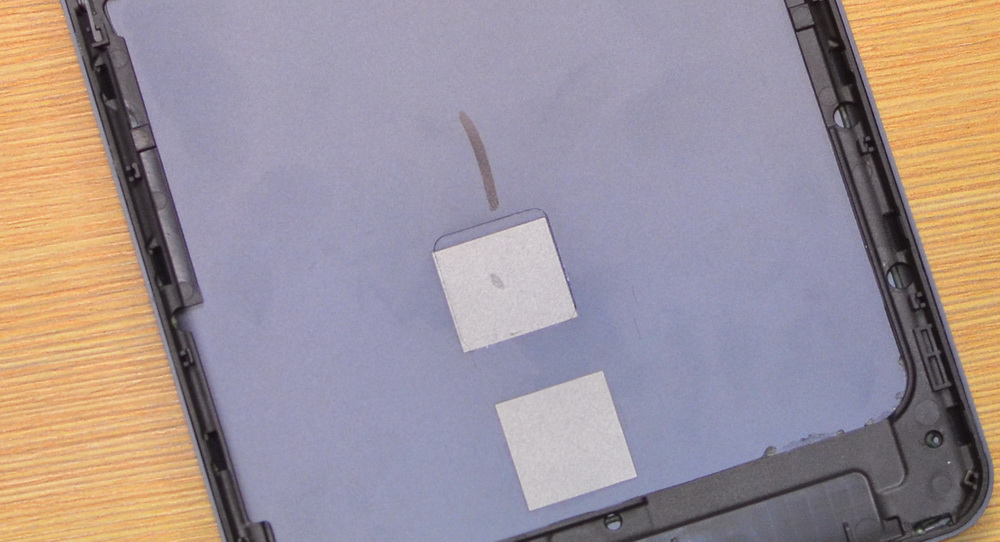
But it seems that the sealant that had leaked on the other side of the board appeared. Inaccurate!
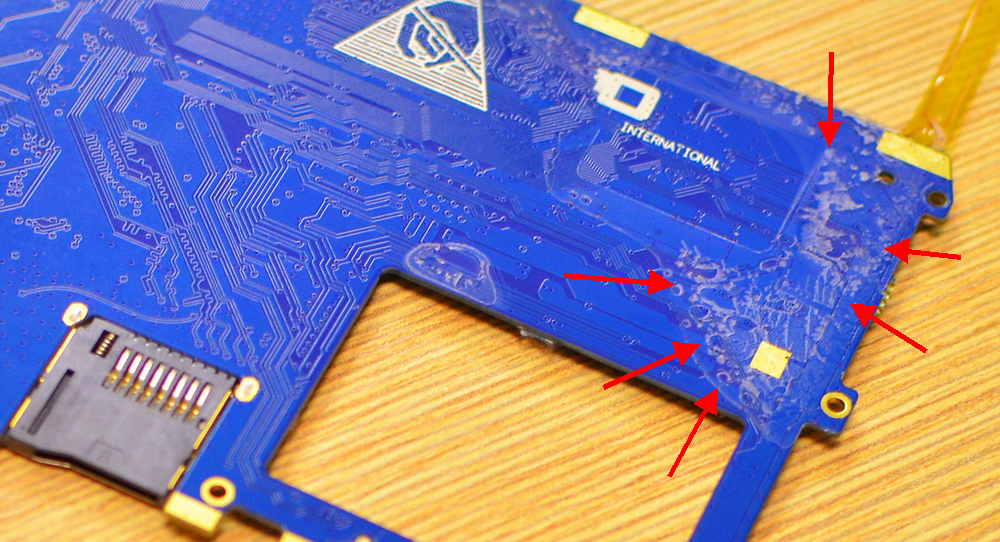
In PocketBook, the battery is tightly mounted on the back side of the screen on two strips of 3M adhesive tape.
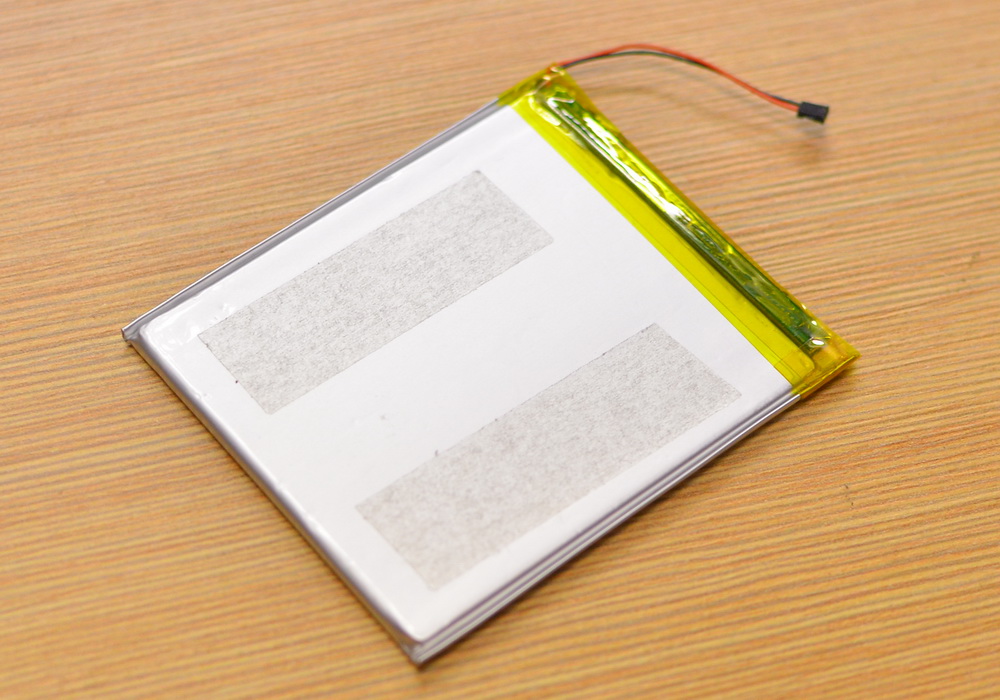
The second Reader offers a wiser solution - a thin plastic film that is not stretched normally, and therefore "dybitsya." On the new device, this most likely will not manifest in any way, but after the repair, a play in a couple of millimeters is possible, the battery will beat against the screen.
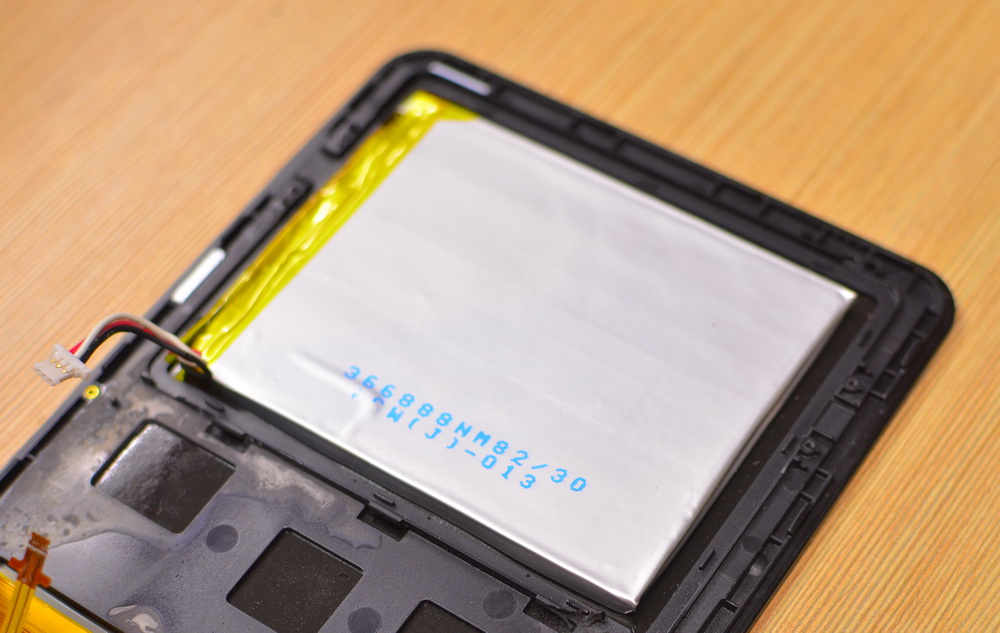
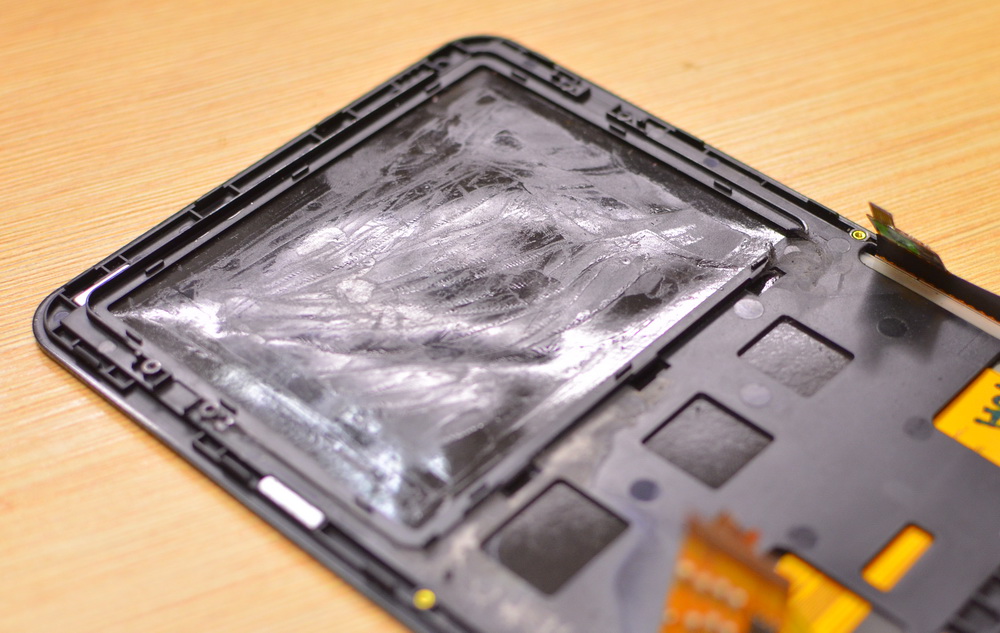
Take a look at the screen plume. Noticing anything? I think experienced readers have already noticed a white strip (and an arrow pointing to it :), which should show the mark on which the cable enters the clip. We see obvious negligence - the “plate” straight from the factory does not fully fit into the connector. And this is trivial because the loop at the other end is wrong, it is clamped with excess. As a result, the length was not enough to fully enter the connector on the motherboard.
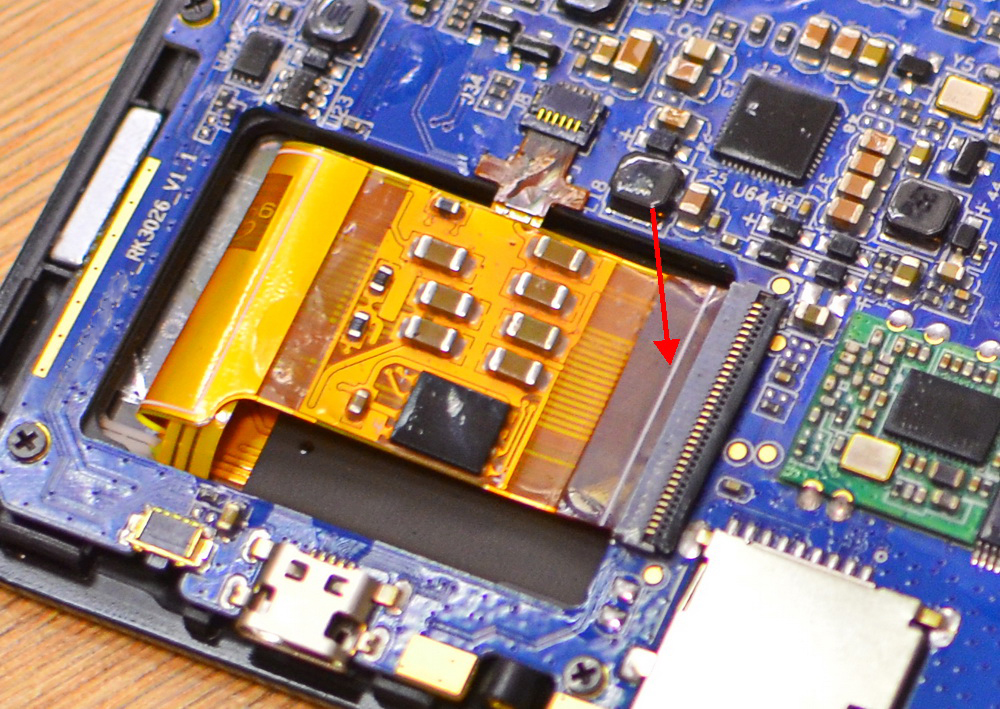
But this is not the most interesting. Filling with sealant plays a cruel joke with the maintainability of the Second Reader, as it makes it very difficult to replace defective components. After the analysis, the service staff began to collect the reader back and ... could not fix the cable in the connector. The fact is that the mount was filled with sealant. After the connector is opened to remove the screen, the sealant is clogged in the recesses of the clamp. The result - the connector does not snap and can not secure the cable.
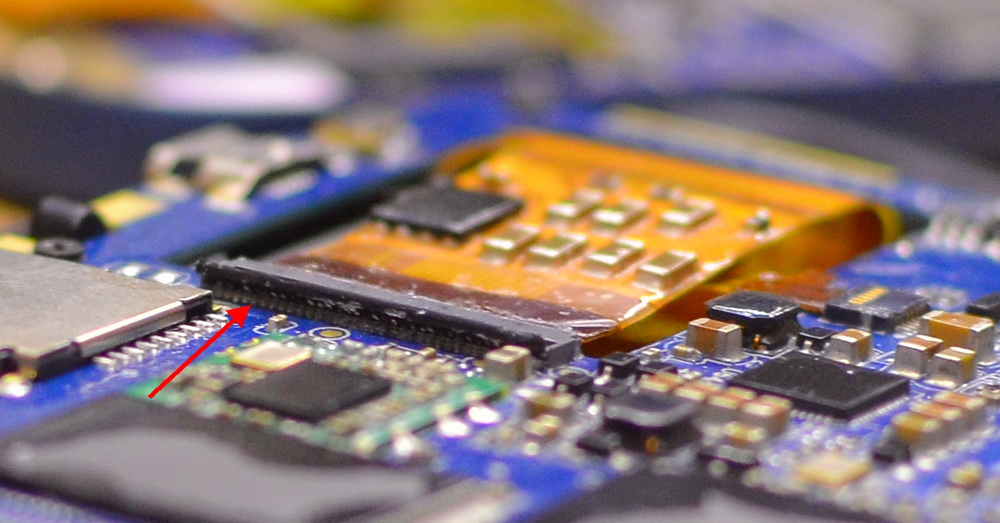
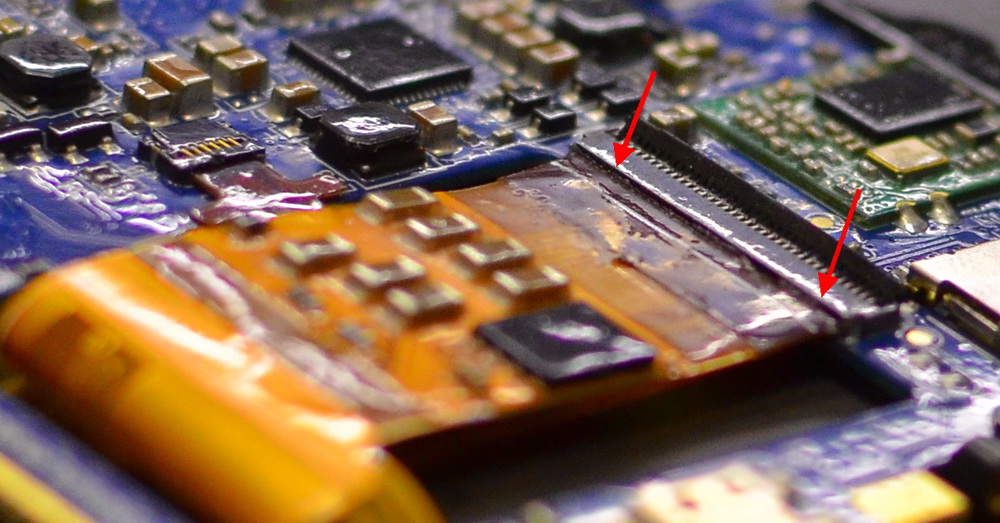
HZO played an even more cruel joke with the Third Reader. Because of the continuous protective layer, it turned out that absolutely any repair of the motherboard would lead to a leakage. In my opinion, it is almost impossible to restore it to its original ideal state. In Russia - for sure. Regarding the warranty repair in the official countries of the Third Reader, I strongly suspect that the manufacturer simply changes the problem device to a completely new user.

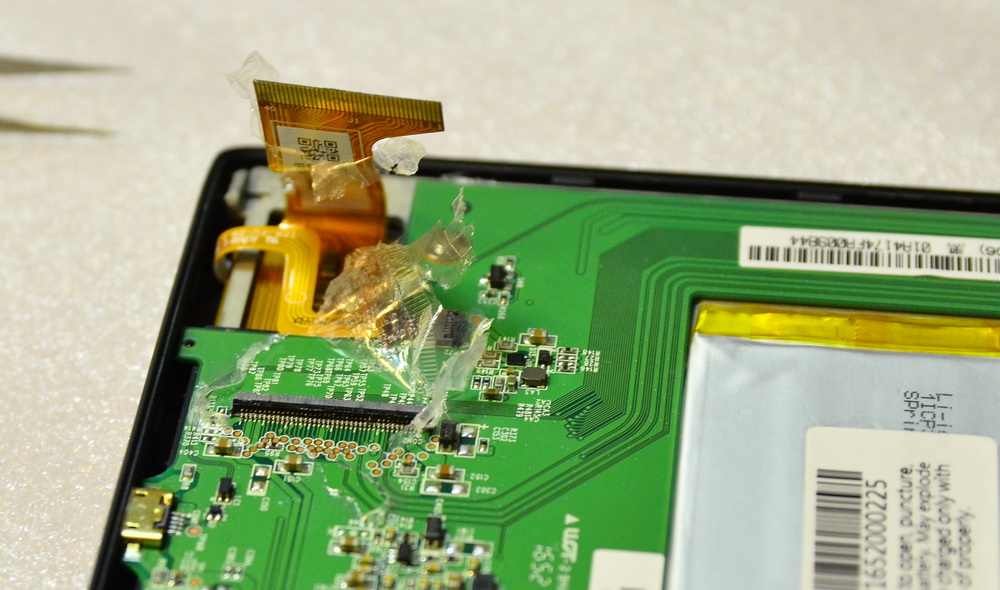
In Russia you can theoretically count on something similar. You buy a reader from the seller, in case of problems in accordance with the law, apply for warranty repairs. Realizing that any intervention in the motherboard deprives the model of protection against water, the seller changes the book to a new one. But it is in theory. In practice, the repair shop can fix the problem and leave the impaired HZO protection as is, without repairing it. In fact, the user will not disassemble and carefully study the consequences of the repair. So it turns out - while in PocketBook water resistance does not suffer from any amount of repair, in the Third Reader it immediately “evaporates”.
Let's return to the Second Reader. Judging by the inscriptions on the board, this is not a unique model, it is assembled on the basis of the "motherboard" from another model of this manufacturer sample ... 2013 year. That is, the current flagship of 2017, the premium model of the brand was created on the basis of a four-year-old reader taken out of production. More fun just the fact that the board indicated version 1.1. You can argue with me, but if for almost four years the fee was modified only once, it somehow does not speak very positively about the manufacturer.
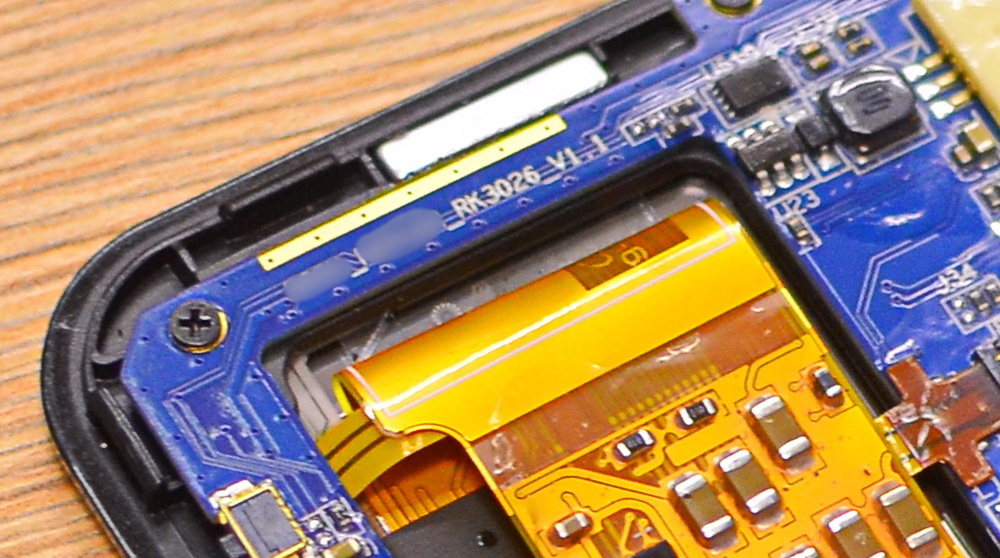
The PocketBook 641 Aqua 2, which was released in the early summer of this 2017, had an improved motherboard version 1.2 on the move. And the board says “PB641”, which means developing for a specific model, and not using the base of some old device.
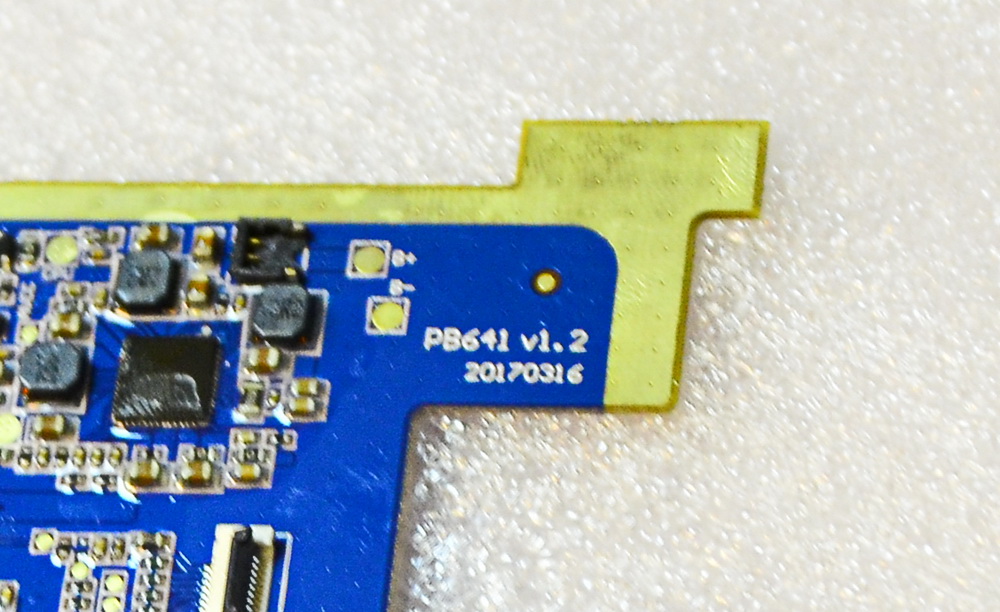
But the most interesting was waiting for us ahead. When the motherboard of the Second Reader was removed, another interesting moment came to light. I don’t presume to say whether the developers didn’t “grow up” the preparation of the mold, or took it from some other model. But in the end, in order to install the board, I had to take the grinding machine in hand and remove the protruding plastic wheel. So in 2016, company X created a premium reader for 12,500 rubles.

The Wi-Fi antenna is located in the Second Reader in an unfortunate manner; when it is first disassembled, the master can easily accidentally tear it off. In addition, the installation at the bottom means that the module (depending on how to hold the reader) will most often be blocked by the palms. This could potentially lead to poor signal reception.
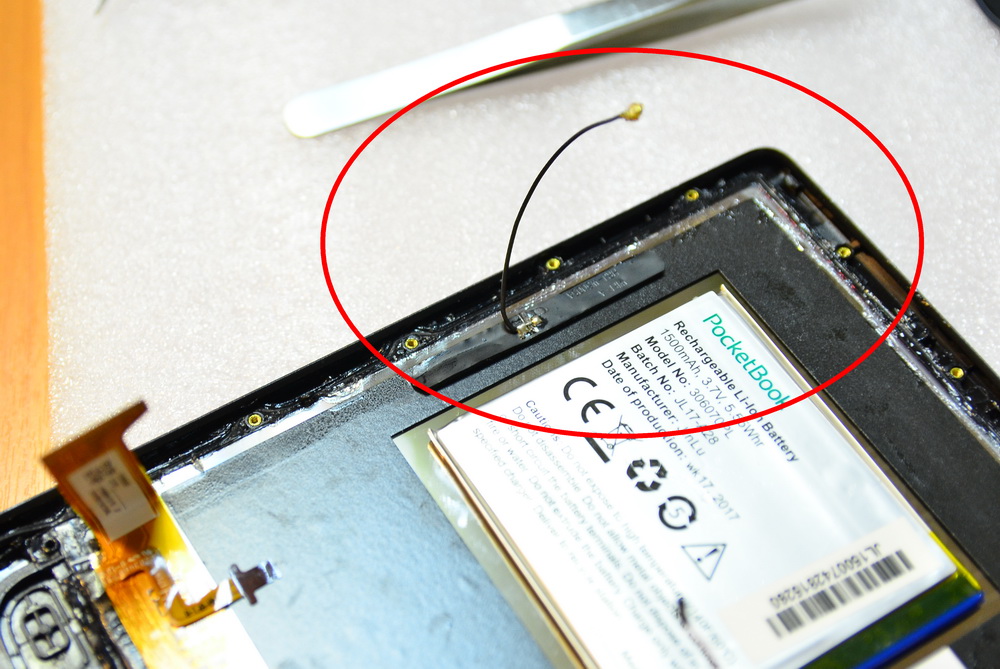
In the PocketBook, the antenna was installed in the upper part of the case; you will not block it with your hand;
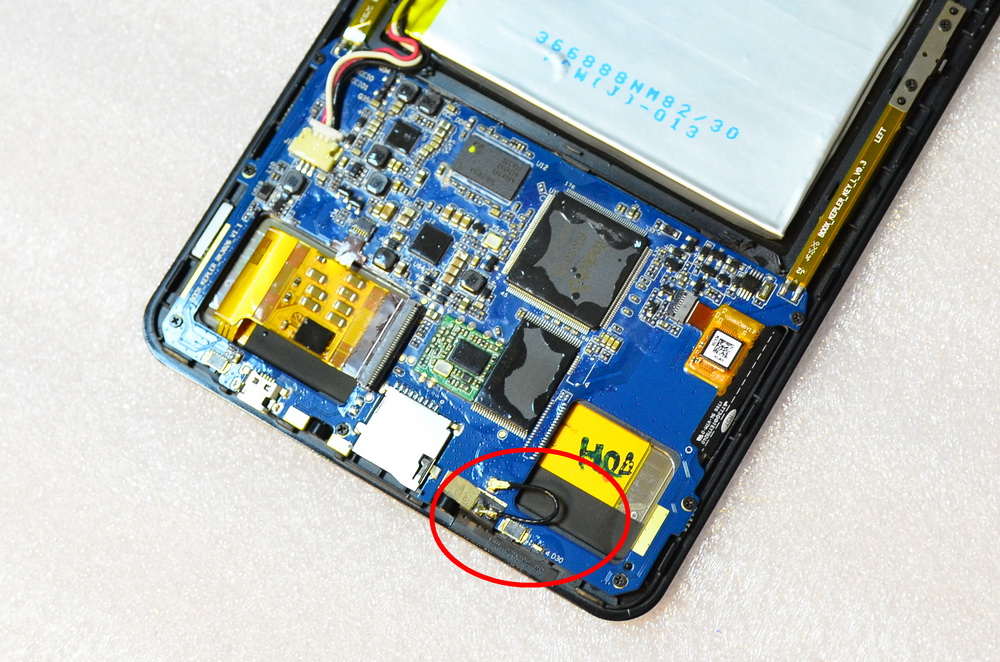
... Looking at the photos, I realized that on the Third Reader's antenna, we somehow did not focus attention. Moreover, visually I somehow can not find it in the pictures. So, dear readers, I will be grateful for the tip of the location of the antenna :)

PocketBook 641 Aqua 2 demonstrates a more thoughtful placement of elements on the board. Components are separated from each other in order to avoid mutual interference. The developers of the Second Reader did not want to change anything in the motherboard of 2013, the components are tightly packed, almost abutting. In the Third Reader it would also be possible to further spread the elements.

From left to right: PocketBook 641 Aqua 2, Third Reader, Second Reader. As you can see, the Second Reader has a very dense arrangement of parts, whereas in PocketBook they are more or less evenly distributed on the board. The Third Reader also sees a rather dense arrangement of elements on the board.
The battery in PocketBook has its own, proprietary - this can be seen from the battery marking. It's nice that the manufacturer pays attention to such trifles, because it was possible, as developers of the Second and Third Readers, not to bother and buy a regular noname-battery. The branded PocketBook battery is an indication of the “thoroughbredness” of the device, though indirect.

Above - the battery PocketBook 641 Aqua 2, below - the Second Reader
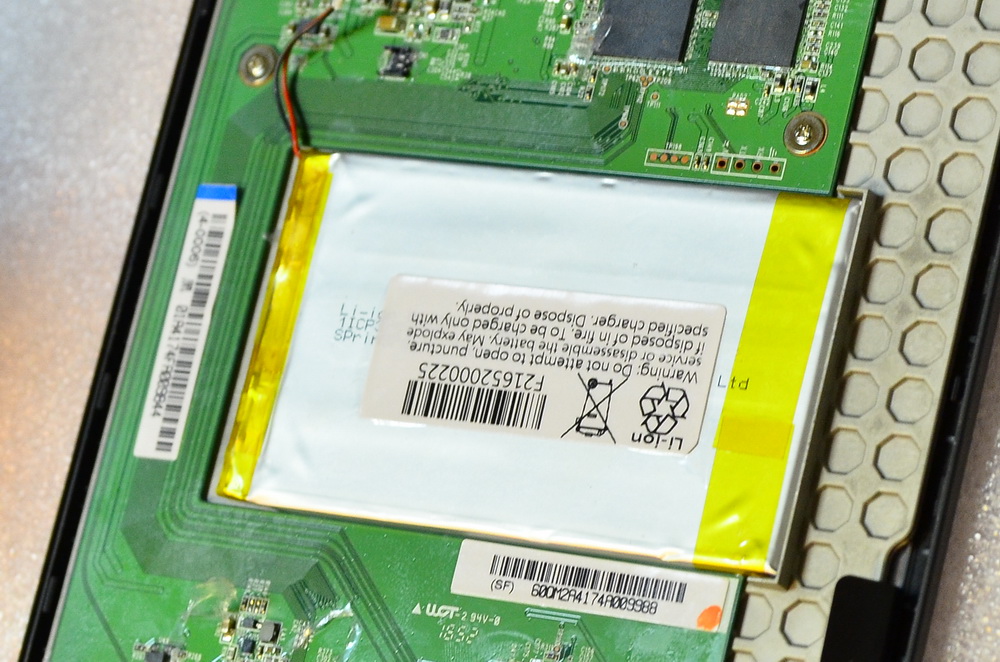
Battery Third Reader
In models, differently approached the issue of internal memory. In the Second and Third Readers, this is a part soldered to the board. As I was told by the staff of the PocketBook service, in the event that this element fails, replacing it with one replacement will not do. Incredible (in any case, for me), but the whole motherboard will need to be changed! PocketBook is not going to ruin the user, Gigastone microSD memory card is used as an internal drive. This is a major Chinese manufacturer that supplies cards not only Asian, but also European and American retailers. To understand the scope of the office - its offices are, including in the United States, Sao Paulo, Korea, France, Canada and Japan.
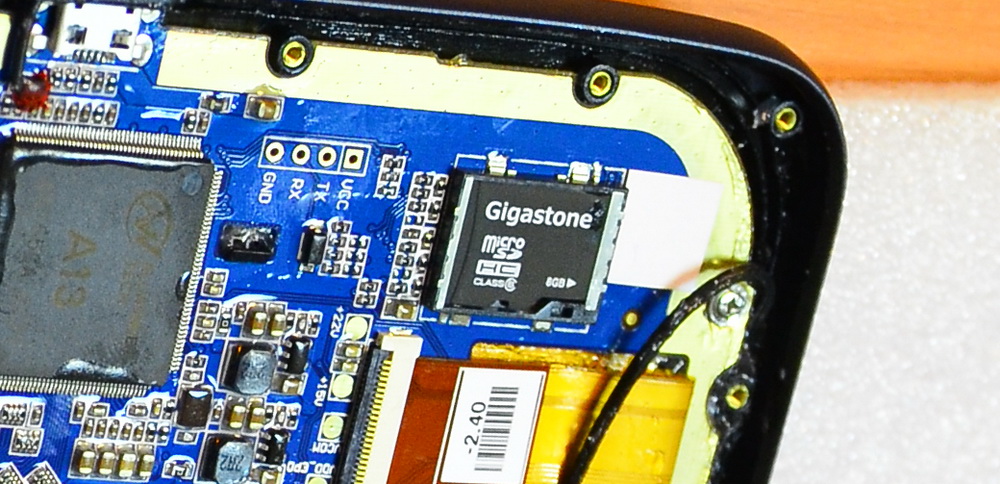
In general, I am convinced once again: if you want to know the entire inside story of the device, open the case. Regardless of the price of the model, the most amazing explanations about the manufacturer’s approach to the design and production culture can be hidden inside. Although after each such analysis I think - or maybe, well, to hell with it? You know less - you sleep more easily. You come to the store and choose a model according to the price tag, characteristics and appearance ... What do you think?
Results
I state once again: the gel cannot be called a panacea for water, it does not provide real protection in all readers. As you have seen, in the Second Reader there is no question of any guaranteed protection against the effects of water on the device. The Third Reader shows the best example of gel security, but the cost of this technology is the loss of “armor” during any repair of the board. And as applied to Russia, you will not be able to restore the board’s leaktightness to its original state. In reality, a reader that is 100% qualitatively protected from water (well, any other gadget) can only be created with the help of tuling. Anyway, for today it is the only correct option. If anyone disagrees with me - remember that they feel the same way in Apple and Samsung.
Well, another important point. As you noticed, the post is published in the official PocketBook blog. And the analysis was carried out with the participation of engineers PocketBook. Did it affect the fairness and objectivity of the analysis? Dear readers, you can think whatever you want - this is your right. But there are emotions, and there are facts, and - irrefutable. They are outlined in this material. We analyzed the PocketBook, Second and Third Readers, initially not being sure that the PocketBook will be much more secure. Well, everything happens in life - what if some tricky proprietary protective "tricks" are found inside the models that we first held in our hands? But no, everything went completely different. Photos and my observations show that the Second Reader is objectively extremely dubiously protected from water. Because its developers decided to use not a tuling, but a much less effective method of protection - gel. It is a fact. It is possible that he will upset someone, and this someone will appear in the comments and write "you lied, it's all wrong." With the Third Reader, the situation is much better, but also far from ideal.
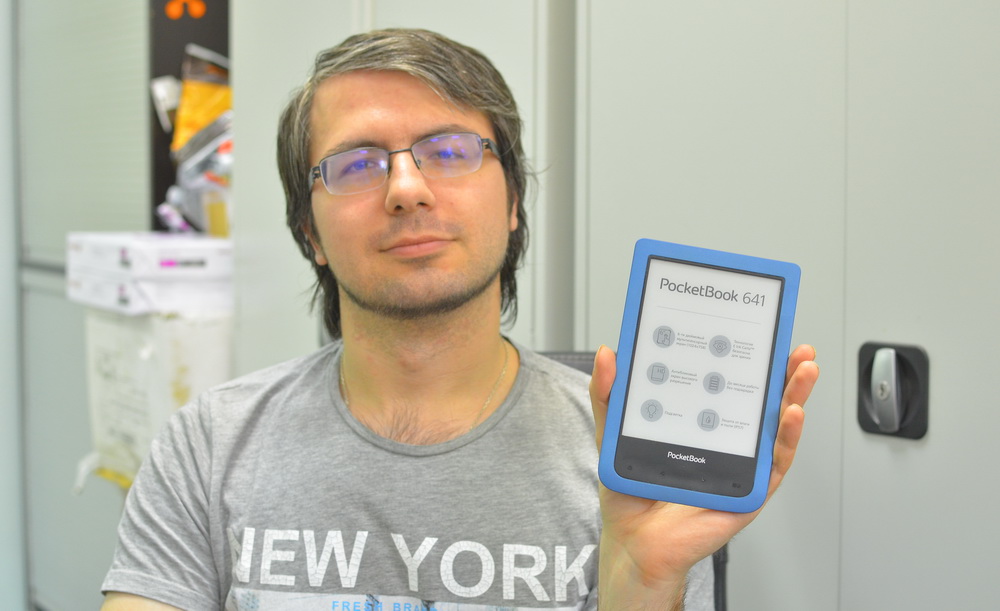
It's me, Alexander Shub
In order to cool the hotheads in advance, I inform you: in my PocketBook, with my participation, we intend to conduct another “opening” of the PocketBook and the Second Reader. And to invite there no longer journalists and bloggers, but ordinary readers. That is, in general, everyone who wants to see the process with their own eyes and make sure that the true truth is written in this post. Who is interested in participating - email me at schub.alexandr@yandex.ru, sign up for an event. (And write to me about the registrars, this is my main topic, I can help with the choice and give advice!)
Although in connection with this material I recall the following funny incident from my practice. About one and a half years ago, we carried out "analyzes" of several of the most top car recorders with the help of engineers from one of the brands. Who was absolutely sure that his device is better than its competitors - precisely because the guys had a responsible approach to the design and manufacture of devices. So it turned out. Texts on the "parsing" were published on a dozen different large Internet resources, and in the comments, readers everywhere shouted about order, lies, jeans, lies, and so on. And I, too, then actively invited everyone to visit the next "analysis", so that all skeptics could be convinced of everything with their own eyes. It came in the end - what do you think, how much? 2 (two) people! And one of them is an engineer of a competing brand, who has become interested in looking at all this from a professional point of view, and the second is a regular reader. The remaining dozens of “dissenting-dissatisfied” commentators unsubscribed that they, they said, were too busy, but at the same time continued to seethe with discontent in the comments. Very indicative approach!
So, before writing something about lies, I recommend to think about it - would I invite you to an “autopsy” if this post were not true?
Such are the cases. It will be interesting to read the comments on the case and your thoughts.
PS As far as I can see, recently posts on the official PocketBook blog have been scolded for regularly mentioning Kindle models in a negative light. In this post such references, as you could see, are not. Just because I personally have the PocketBook vs. theme. Kindle is simply not close. So haters can rejoice, Kindle got a temporary rest :)
PPS While this post was being written, a new version of the Second Reader entered the market. The developers, without further ado, called it the Second Reader 2. Do you think they added full water protection that meets any standards? Oh no, dear friends. They just added a useful component for the reader - a Bluetooth module. Given that he does not know how to play music and audiobooks, it is not entirely clear why a “blue tooth” is needed there. It would have been better if they really did complete water protection ... By the way, let me remind you that currently the only 6-inch reader with audio capabilities on the Russian market is the PocketBook 631 Touch HD model.
In August, I received an invitation from my friend Alexey Starodymov to attend a curious event - a comparative analysis of electronic books and readers. Lesha said so: you are the best among my friends who know the principles of designing electronics and its internal structure, and if so, then the cards are in your hands. Readers are, of course, not the recorders that I love the most, and yet I became interested.

')
The principles of high-quality and low-quality study of the internal structure of electronics are always the same - regardless of what type of gadget in question. In the course of the analysis in the PocketBook service center, it was planned to disassemble three readers positioned as waterproof. The first is PocketBook 641 Aqua 2 (11,000 rubles), the second ... But I will not call the second one. Let it be just the Second Reader - and I will begin to magnify it further in the text. The third device is a surprise! - I will call the Third Reader. Yet the post that you are currently reading is posted on the official blog of the PocketBook company. And so that neither me, nor the PocketBook company was accused of direct arrivals at competitors, it was decided to retouch the logo on the case of the Second and Third Readers.

From left to right: Third Reader, PocketBook 641 Aqua 2, Second Reader
Technical characteristics of all three readers:

By the way, besides me, journalists Alexander Kuskov from Overclockers.ru ( here is his material ) and Ilya Subbotin from mobile-review.com were present at the event-analysis (I enclose a link to Ilya’s impressions ). So if you want, you can find as many as two alternative opinions to my opinion about the security of models participating in parsing.

Further, it should be clarified - how did the idea of such an analysis come about and what is its essence. To begin with, I will say that the same secure smartphones are made as such solely with the help of tuling - take a look at the iPhone 7, the Samsung Galaxy S8 or Galaxy S7, the LG G6. This should be understood as the presence of a hermetic case - its parts fit as tightly as possible, the most “dangerous” places are filled with sealant, and special silicone gaskets are placed everywhere. As a result, water cannot seep into the jungle of the hull. In the world of readers, the situation is quite different. The same PocketBook in its Aqua series models uses just a tuling. But other players in this market - and this is already becoming a trend - will use special gels. That is, they take the usual unprotected models, process their boards and other electronic components with a special gel - and voila, it turns out like a protected reader. More about this Alexey Starodymov told in his post . The fashion for gels in the readers came from the United States, where some small firms “tune” various models of the Amazon Kindle in this way, adding moisture protection to them. What is the result is difficult to judge, because the whole situation with gels does not look very ... somehow ... seriously, or something. And the reviews on the Internet really and no. But it has a place to be, and the trend, so to speak, is gaining momentum.
Not so long ago, official sales of such a “protected” device for reading, processed with gel, began in Russia - this is the Second Reader from our analysis. It is necessary to disassemble and check! Just because the gels are in essence the trend. And I would like to understand whether they have the right to exist. So it's not about wanting to “run over” to a competitor. Simply, it is officially sold in Russia, and it is much easier to get it than a “tuned” Kindle gel.
PocketBook 641 Aqua 2, recall, costs 11,000 rubles, the Second Reader has a price tag of 12,500 rubles. Both models theoretically belong to the category of protected readers. Only in PocketBook this is “fixed” by the IP57 standard, and in the second model - nothing but streamlined promises. Indeed, neither IP57 nor any other standard of protection is mentioned either on the website of the manufacturer of the Second Reader, or in the accompanying documents in the box. Until recently, the phrase “waterproof case” was on the brand’s website ...

... but just a month ago (or so, the exact date is unknown) it was replaced with a more streamlined "moisture protection":

On the box of the Second Reader it is written “protection against moisture and splashes”, and in the instruction there is a mention that the device “is not intended for full immersion in water”.


Attention, the question is - how can a case be waterproof, in which a slot for memory cards with a height of two millimeters is generally transparent?

In other words, it’s not that water, even small pebbles will be completely inside while bathing the reader near the beach. However, further on the website and in the documents, as I have already said, the developers of the Second Reader soften the wording to “protection against splashes and moisture.” In this case, the warranty card does not contain any information about how much spray and moisture the reader can survive. Mushroom rain? Shower? Freshly washed user's hands? Splashing surf? No answer to this question!

In general, a very strange story happened to the second reader. He was announced back in the fall of 2016, even an official press release was sent out. It said that the model complies with the IP67 standard (news on this release is easily searched by Google for the query “reader IP67 October 2016). That is, it can be dipped in water for half an hour, keeping it up to a meter deep. In fact, the model was released for sale only in the summer of 2017, and now it’s not even talking about IP67, this standard is not mentioned anywhere at all. In general, some kind of devilry, it is not clear what caused. Whether in the process of testing, the developers realized that the gel does not provide adequate protection, then something else ... We will understand!

From left to right: PocketBook 641 Aqua 2, Third Reader, Second Reader
The Third Reader is not officially sold in Russia, a copy for analysis was sent straight from Spain. On the manufacturer's website, the device costs about 10,400 rubles, in Russian online stores (well, that is, for “gray” resellers), the price tag comes to an incredible 18,000 rubles. At the same time, there is no normal local guarantee of the country where the official device was purchased for Russians. At best, the seller will assume warranty obligations. Which, if necessary, will give the device for repair in some basement workshop. Or it will not give up - for noname-specialists, by definition, cannot have any original spare parts for the Third Reader. And because about any serious repair we are not talking initially.

As for protection against water, the manufacturer of the Third Reader claims processing of the board according to the HZO technology. In addition, IPX8 compliance is indicated. A reasonable question arises, what is better - IP57 in PocketBook 641 Aqua 2 or IPX8 in the Third Reader? It would seem that the answer is obvious. Indeed, in "Aqua" the figure "seven" means that the device will work up to half an hour with full immersion to a depth of one meter. Whereas the “eight” in the standard of protection of the Third Reader indicates (as the manufacturer writes) the possibility of staying at a depth of two meters for two hours without affecting the performance of the model.

But! Let's think how much this difference is noticeable in principle with real use? Yes, no matter how much. Judge for yourself - the “bathing” of an e-book is presented as an episodic event. That is, you accidentally dropped the device into the water and probably will not wait half an hour or an hour before you get the device. Purposefully long to read under water? Let's be realistic, this is something from the category of fiction. In this case, it turns out that in terms of protection against water, the Third Reader does not have an effective advantage over Aqua. Both readers work equally well so that the reader is not afraid to drop the model into the water. Or read in the bathroom, without fear of periodically dipping the gadget. Ilya Subbotin told about this state of affairs in his material - and I completely agree with him.
So, once again. IP57 and IPX8 - with the second digit of the security standard figured out, but what about the first? Five in PocketBook 641 Aqua 2 means protection from penetration into the body of foreign objects. In particular, as Wikipedia says, “Some amount of dust can penetrate inside, but this does not disrupt the operation of the device. Full protection against contact. Looking ahead, I will say that the developers are very modest. Neither dust nor water can enter the Akwa's hull. Unlike the Third Reader, in which "X" speaks of the absence of protection against the penetration of at least dust or sand, even small stones. Not to mention the water.
And this is not at all healthy, as in everyday use sometimes unpleasant situations occur with the spilling of a drink on the reader. Again, neither the performance of Akwa nor the Third Reader will suffer.

However, the PocketBook model will be enough to rinse under water. On the contrary, due to the flooding of the “vnutryanki” the Third Reader will have to be thoroughly washed and rinsed. Of course, if your plans do not include “tuning” the book with dried juice or coffee. It turns out that IPX8 exceeds IP57 only in theory, irrespective of the specific type of device. With respect to readers, it is more preferable, with the best real protection of the device, the choice will be in favor of IP57. I will add that Aleksey Starodymov previously speculated on this topic in a separate post - I recommend reading it .
Briefly about PocketBook 641 Aqua 2
For those who wish to see the insides of the models, I recommend to skip this section and go straight to the next one.
Review PocketBook 641 Aqua 2 by alexeystar you can read here . Let me remind you that in 2014 PocketBook 640 Aqua became the first reader in the world with protection against water and dust entering the case.

The model complied with the IP57 standard, which means 100% protection against water penetration into the book during short-term (up to half an hour) immersion to a depth of one meter. In other words, you can safely drop the model in the sea, in a bath full of water, and so on. Not to mention the lesser threats like the drops of the same sea water, falling under heavy rain. For particulate matter, IP57 means 99% protection against dust and sand penetration into the hull. That is, particles with a diameter of less than one millimeter. If the remaining 1% happens, the “protection against internal damage due to dust deposits” is still provided.

Photo PocketBook 641 Aqua 2, made by Alexey Starodyymov alexeystar in Odessa on the Black Sea coast
Released in 2017, the PocketBook 641 Aqua 2 also complies with the IP57 standard. This is an extremely important point. As if the manufacturer indicates this standard, the brand by default recognizes any water entering the reader or failure due to dust as a warranty event. Any hit. Both big and small. (There is only one exception: if the water got into the case through the unplugged microUSB port plug, the user himself is guilty, as you understand, the user. The PocketBook service engineers can determine how and why the liquid was inside the case.)
According to its characteristics, the second “Aqua” is a reader of the upper-middle class with the most modern of all possible touch screens E Ink Carta (resolution - 1024 x 758 pixels), built-in backlight, memory as much as 8 GB and a very modest weight of 180 g. And we don’t forget about a ton of unique PocketBook chips like 18 supported book formats, built-in dictionaries and the ability to point fingers directly in the text to get instant translation.
From myself I will add that from the point of view of the exterior, the model has really been a success. Velvety matte finish, blue hull color. The words here are powerless, it is necessary to see and feel in person. When you hold a book in your hands, you understand - this is a thing! Really worthy thing.

Not so long ago, Mrs. Bozhena Rynska “Aqua” personally praised it - almost all the “yellow” media unsubscribed:

Well it is. Provocation for those who are bored :) Let's go further ...
Slightly longer about the Second Reader and very briefly about the Third
On Geektimes.ru there is a review of PocketBook 641 Aqua 2, and all the information about the model can be found in it. Therefore, for a more complete picture, I will purely formally describe the second reader - I will tell about it in a bit more detail, and then we proceed directly to the analysis.
The model has several "chips" associated with the design. So, the front side is completely covered with "protective" glass Asahi. Usually, readers do not do this - there is a clearly marked plastic frame, inside which there is a screen. It also used the approach of smartphones and tablets. Reader looks very nice without plastic sides, with a solid smooth front. But the fact is that in other e-books the plastic edging raised above the display level serves as a protective element. For example, if the reader is lying or fell face down, it is the plastic that must take the brunt. Scratches, scuffs - first of all it will appear on the rim, and not on the expensive display.

By the way, the phrase in the instruction “Do not let excessive pressure on the screen and hit it. The screen has a glass base. " This, if someone did not understand, is written about the Asahi protective glass, about which the manufacturer’s website says: “The protective glass from the famous Japanese manufacturer Asahi is located on top of the E Ink screen and protects it from scratches and other damages.” (Safety glass, which in fact does not protect, waterproof case, which lets water ... Somehow weird, don't you think?)
In the Second Reader, the protective glass zone above the matrix can get scratches and abrasions with the same probability as the rest of the area around. But this is not the worst. In the event of a serious blow, if the protective glass is cracked, the matrix E Ink will almost certainly suffer. And the consumer will receive a jackpot - a replacement for the screen and the entire front glass cover. I would not rely on the protective properties of Asahi - we all know a long time ago how well Gorilla Glass can scratch. And Asahi, in contrast to the “Gorilla”, is still the B-brand in the world of protective glasses.
However, what difference does the screen suffer directly or not. Employees of the PocketBook service immediately suggested that, due to the technical features of the model, it is impossible to replace the glass separately - only as an assembly, with a “module”, which includes a protective glass lining and an E Ink-display. Great, huh? As I was prompted in the service of the manufacturer of the Second Reader (I specifically called the service and clarified this point), the operation will cost 6,000 rubles. Not weak! Half the price of the entire reader!

The rear half of the Second Reader is metallic, which in theory introduces impact resistance and logically complements the tempered front glass.

But the fact that the metal backdrop (and we don’t forget about the front glass) increases the weight in comparison with plastic - an indisputable fact. So, the Second Reader weighs 25 g more than Aqua, which is a significant difference for this type of device. A more capacious battery of the Second Reader is also affecting - as much as 3,000 mAh. Another smartphone will envy such a capacity. PocketBook 641 Aqua 2 is only 1,500 mAh (like the Third Reader), that is, half as much. Just need to remember that the PocketBook model runs on Linux and therefore has a very modest power consumption. While the Second Reader functions on the basis of an old and low-economic (although, of course, functional - installation of applications is supported) Android 4.2. And this entails increased energy consumption. Therefore, in reality, the models demonstrate approximately the same autonomy. Even despite so different capacity of accumulators.
To tell just as entertaining about the appearance of the Third Reader will not work - this is a more or less classical apparatus. The embossed, in some places sagging lid, besknopochnaya frame around the screen, uncovered microUSB connector at the bottom - that’s probably all.

With looks and speck understood. We turn to the most important thing.
Parse [with] protection
Well, let's proceed to the analysis. We take the Second Reader, remove the back cover and immediately see that the protection in it ... is missing. Even whatever open microSD connector.

The fact is that the backdrop is attached to the front of the reader due to the internal plastic frame with hooks, latches. No rubber gasket along the contour, no sealant here. Simply put, nothing particularly interferes with the penetration of dust and water into the case. This is the most common reader with a dense assembly of the two halves of the model; no additional measures are taken to prevent the ingress of liquid. , , , – .

PocketBook 641 Aqua 2, , . , , . , . , , .

: «» 400 – . , . «» PocketBook 641 Aqua 2 , . 16 , «».
PocketBook 641 Aqua 2 , ( ) . . – – - , . – 19 .



- . «» – , «» .

( ) . «» HZO, . , , , . . PocketBook 100% «» ( ), - . , ?

, HZO. , , -. , HZO – . , « PocketBook»:
PocketBook – PocketBook 640 Aqua 2014 . , : 48 . , , , , . – , , .
, , : , – , , . 500 () , – -!
. , Kobo Aura H2O HZO, Kobo , . YouTube, Aura H2O, : ( ), - , IPX8 . , , «» , () .
HZO? Tag Heuer, – , – Nike. , , , . , , HZO, . - Apple Samsung.
PocketBook 641 Aqua 2 , « 48 ». PocketBook 641 Aqua 2 100% , , , .
. – , . , , , . ? ? – . , . , «» . , 6 . (, !) - PocketBook 641 Aqua 2, . . , – 2 , - – 3 . : .

: -
«» , HZO- . «», 100% . , , HZO-, . . , .


PocketBook 641 Aqua 2? PocketBook , . , .


– 2017 PocketBook 641 Aqua 2 , . microUSB , 99% !
. – , . – , .


, , . : , / , . – «», .

– , , .

? : ( , ) . , , , , - . . – – . , , - . – PocketBook 641 Aqua 2. IP57. , , – . PocketBook, , . : – , + – 100% .
, ?
Kohl, we have disassembled two devices, let's see what they have with the internal layout. Just because it is interesting - like me, Alexander Shuba, and, I think, to you. This is not related to the topic of security, and yet, I think this subsection in this material will be appropriate.
Well, let's go! Here, for example, small touches to the culture of production - inside the Second Reader there is a lurid signature with a felt-tip pen, apparently, a mark of some assembly stage. For some reason, we had a stroke in the middle on the back cover. It is clear that the consumer will not see all this, and such negligence does not affect anything. But the sediment remains.


But it seems that the sealant that had leaked on the other side of the board appeared. Inaccurate!

In PocketBook, the battery is tightly mounted on the back side of the screen on two strips of 3M adhesive tape.

The second Reader offers a wiser solution - a thin plastic film that is not stretched normally, and therefore "dybitsya." On the new device, this most likely will not manifest in any way, but after the repair, a play in a couple of millimeters is possible, the battery will beat against the screen.


Take a look at the screen plume. Noticing anything? I think experienced readers have already noticed a white strip (and an arrow pointing to it :), which should show the mark on which the cable enters the clip. We see obvious negligence - the “plate” straight from the factory does not fully fit into the connector. And this is trivial because the loop at the other end is wrong, it is clamped with excess. As a result, the length was not enough to fully enter the connector on the motherboard.

But this is not the most interesting. Filling with sealant plays a cruel joke with the maintainability of the Second Reader, as it makes it very difficult to replace defective components. After the analysis, the service staff began to collect the reader back and ... could not fix the cable in the connector. The fact is that the mount was filled with sealant. After the connector is opened to remove the screen, the sealant is clogged in the recesses of the clamp. The result - the connector does not snap and can not secure the cable.


HZO played an even more cruel joke with the Third Reader. Because of the continuous protective layer, it turned out that absolutely any repair of the motherboard would lead to a leakage. In my opinion, it is almost impossible to restore it to its original ideal state. In Russia - for sure. Regarding the warranty repair in the official countries of the Third Reader, I strongly suspect that the manufacturer simply changes the problem device to a completely new user.


In Russia you can theoretically count on something similar. You buy a reader from the seller, in case of problems in accordance with the law, apply for warranty repairs. Realizing that any intervention in the motherboard deprives the model of protection against water, the seller changes the book to a new one. But it is in theory. In practice, the repair shop can fix the problem and leave the impaired HZO protection as is, without repairing it. In fact, the user will not disassemble and carefully study the consequences of the repair. So it turns out - while in PocketBook water resistance does not suffer from any amount of repair, in the Third Reader it immediately “evaporates”.
Let's return to the Second Reader. Judging by the inscriptions on the board, this is not a unique model, it is assembled on the basis of the "motherboard" from another model of this manufacturer sample ... 2013 year. That is, the current flagship of 2017, the premium model of the brand was created on the basis of a four-year-old reader taken out of production. More fun just the fact that the board indicated version 1.1. You can argue with me, but if for almost four years the fee was modified only once, it somehow does not speak very positively about the manufacturer.

The PocketBook 641 Aqua 2, which was released in the early summer of this 2017, had an improved motherboard version 1.2 on the move. And the board says “PB641”, which means developing for a specific model, and not using the base of some old device.

But the most interesting was waiting for us ahead. When the motherboard of the Second Reader was removed, another interesting moment came to light. I don’t presume to say whether the developers didn’t “grow up” the preparation of the mold, or took it from some other model. But in the end, in order to install the board, I had to take the grinding machine in hand and remove the protruding plastic wheel. So in 2016, company X created a premium reader for 12,500 rubles.

The Wi-Fi antenna is located in the Second Reader in an unfortunate manner; when it is first disassembled, the master can easily accidentally tear it off. In addition, the installation at the bottom means that the module (depending on how to hold the reader) will most often be blocked by the palms. This could potentially lead to poor signal reception.

In the PocketBook, the antenna was installed in the upper part of the case; you will not block it with your hand;

... Looking at the photos, I realized that on the Third Reader's antenna, we somehow did not focus attention. Moreover, visually I somehow can not find it in the pictures. So, dear readers, I will be grateful for the tip of the location of the antenna :)

PocketBook 641 Aqua 2 demonstrates a more thoughtful placement of elements on the board. Components are separated from each other in order to avoid mutual interference. The developers of the Second Reader did not want to change anything in the motherboard of 2013, the components are tightly packed, almost abutting. In the Third Reader it would also be possible to further spread the elements.

From left to right: PocketBook 641 Aqua 2, Third Reader, Second Reader. As you can see, the Second Reader has a very dense arrangement of parts, whereas in PocketBook they are more or less evenly distributed on the board. The Third Reader also sees a rather dense arrangement of elements on the board.
The battery in PocketBook has its own, proprietary - this can be seen from the battery marking. It's nice that the manufacturer pays attention to such trifles, because it was possible, as developers of the Second and Third Readers, not to bother and buy a regular noname-battery. The branded PocketBook battery is an indication of the “thoroughbredness” of the device, though indirect.

Above - the battery PocketBook 641 Aqua 2, below - the Second Reader

Battery Third Reader
In models, differently approached the issue of internal memory. In the Second and Third Readers, this is a part soldered to the board. As I was told by the staff of the PocketBook service, in the event that this element fails, replacing it with one replacement will not do. Incredible (in any case, for me), but the whole motherboard will need to be changed! PocketBook is not going to ruin the user, Gigastone microSD memory card is used as an internal drive. This is a major Chinese manufacturer that supplies cards not only Asian, but also European and American retailers. To understand the scope of the office - its offices are, including in the United States, Sao Paulo, Korea, France, Canada and Japan.

In general, I am convinced once again: if you want to know the entire inside story of the device, open the case. Regardless of the price of the model, the most amazing explanations about the manufacturer’s approach to the design and production culture can be hidden inside. Although after each such analysis I think - or maybe, well, to hell with it? You know less - you sleep more easily. You come to the store and choose a model according to the price tag, characteristics and appearance ... What do you think?
Results
I state once again: the gel cannot be called a panacea for water, it does not provide real protection in all readers. As you have seen, in the Second Reader there is no question of any guaranteed protection against the effects of water on the device. The Third Reader shows the best example of gel security, but the cost of this technology is the loss of “armor” during any repair of the board. And as applied to Russia, you will not be able to restore the board’s leaktightness to its original state. In reality, a reader that is 100% qualitatively protected from water (well, any other gadget) can only be created with the help of tuling. Anyway, for today it is the only correct option. If anyone disagrees with me - remember that they feel the same way in Apple and Samsung.
Well, another important point. As you noticed, the post is published in the official PocketBook blog. And the analysis was carried out with the participation of engineers PocketBook. Did it affect the fairness and objectivity of the analysis? Dear readers, you can think whatever you want - this is your right. But there are emotions, and there are facts, and - irrefutable. They are outlined in this material. We analyzed the PocketBook, Second and Third Readers, initially not being sure that the PocketBook will be much more secure. Well, everything happens in life - what if some tricky proprietary protective "tricks" are found inside the models that we first held in our hands? But no, everything went completely different. Photos and my observations show that the Second Reader is objectively extremely dubiously protected from water. Because its developers decided to use not a tuling, but a much less effective method of protection - gel. It is a fact. It is possible that he will upset someone, and this someone will appear in the comments and write "you lied, it's all wrong." With the Third Reader, the situation is much better, but also far from ideal.

It's me, Alexander Shub
In order to cool the hotheads in advance, I inform you: in my PocketBook, with my participation, we intend to conduct another “opening” of the PocketBook and the Second Reader. And to invite there no longer journalists and bloggers, but ordinary readers. That is, in general, everyone who wants to see the process with their own eyes and make sure that the true truth is written in this post. Who is interested in participating - email me at schub.alexandr@yandex.ru, sign up for an event. (And write to me about the registrars, this is my main topic, I can help with the choice and give advice!)
Although in connection with this material I recall the following funny incident from my practice. About one and a half years ago, we carried out "analyzes" of several of the most top car recorders with the help of engineers from one of the brands. Who was absolutely sure that his device is better than its competitors - precisely because the guys had a responsible approach to the design and manufacture of devices. So it turned out. Texts on the "parsing" were published on a dozen different large Internet resources, and in the comments, readers everywhere shouted about order, lies, jeans, lies, and so on. And I, too, then actively invited everyone to visit the next "analysis", so that all skeptics could be convinced of everything with their own eyes. It came in the end - what do you think, how much? 2 (two) people! And one of them is an engineer of a competing brand, who has become interested in looking at all this from a professional point of view, and the second is a regular reader. The remaining dozens of “dissenting-dissatisfied” commentators unsubscribed that they, they said, were too busy, but at the same time continued to seethe with discontent in the comments. Very indicative approach!
So, before writing something about lies, I recommend to think about it - would I invite you to an “autopsy” if this post were not true?
Such are the cases. It will be interesting to read the comments on the case and your thoughts.
PS As far as I can see, recently posts on the official PocketBook blog have been scolded for regularly mentioning Kindle models in a negative light. In this post such references, as you could see, are not. Just because I personally have the PocketBook vs. theme. Kindle is simply not close. So haters can rejoice, Kindle got a temporary rest :)
PPS While this post was being written, a new version of the Second Reader entered the market. The developers, without further ado, called it the Second Reader 2. Do you think they added full water protection that meets any standards? Oh no, dear friends. They just added a useful component for the reader - a Bluetooth module. Given that he does not know how to play music and audiobooks, it is not entirely clear why a “blue tooth” is needed there. It would have been better if they really did complete water protection ... By the way, let me remind you that currently the only 6-inch reader with audio capabilities on the Russian market is the PocketBook 631 Touch HD model.
Source: https://habr.com/ru/post/373909/
All Articles